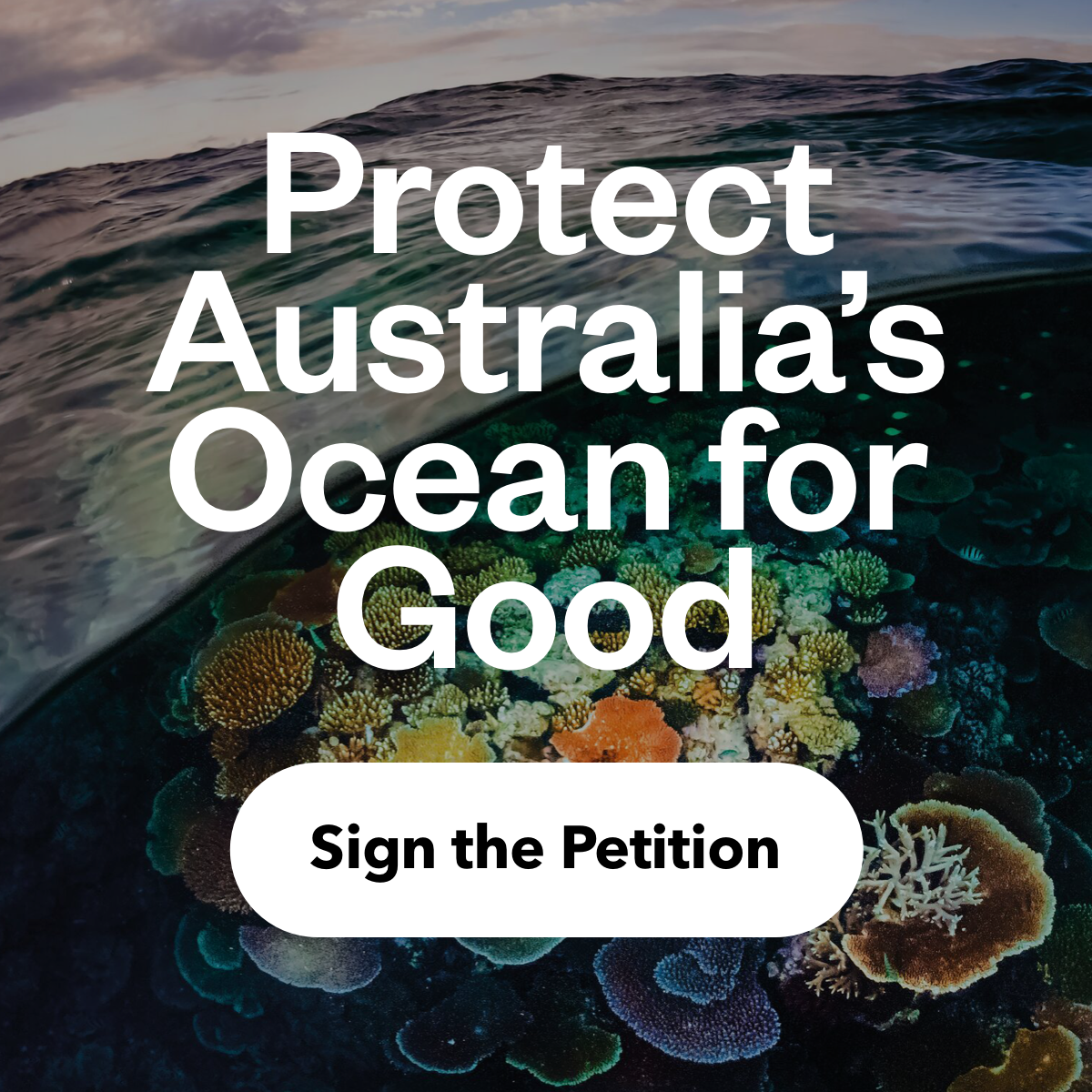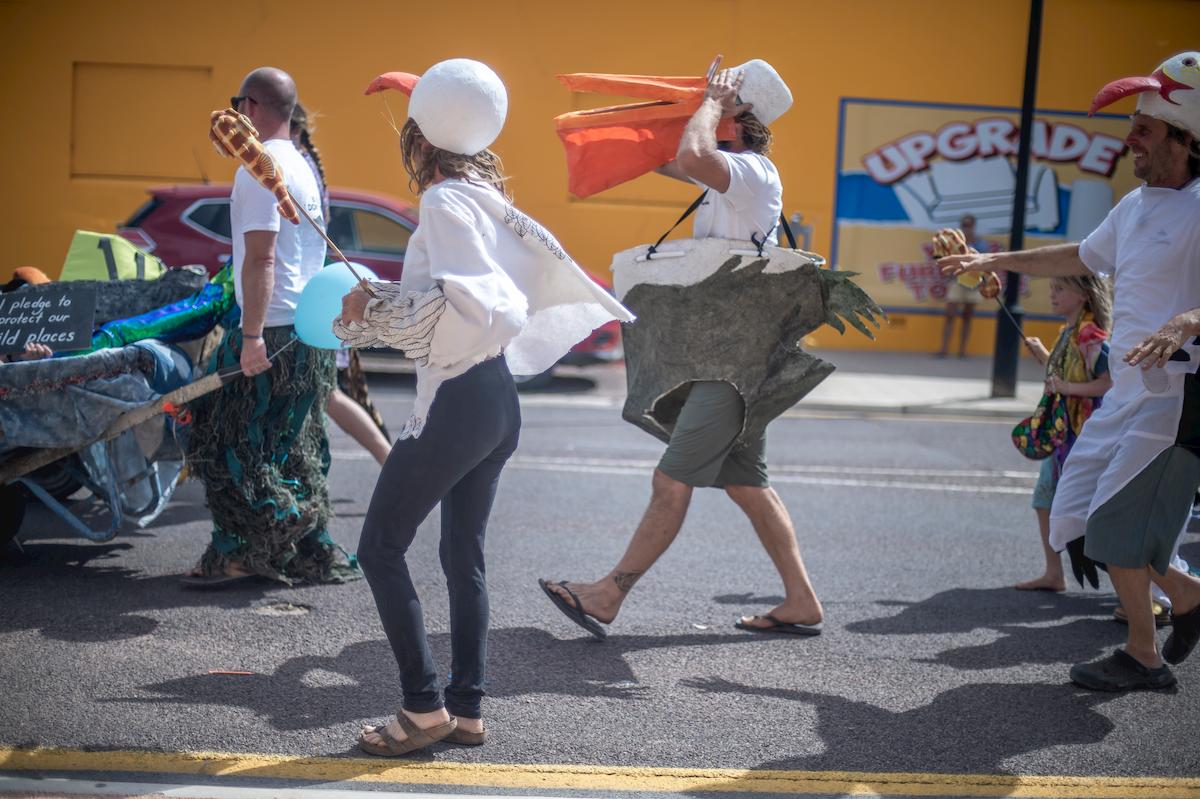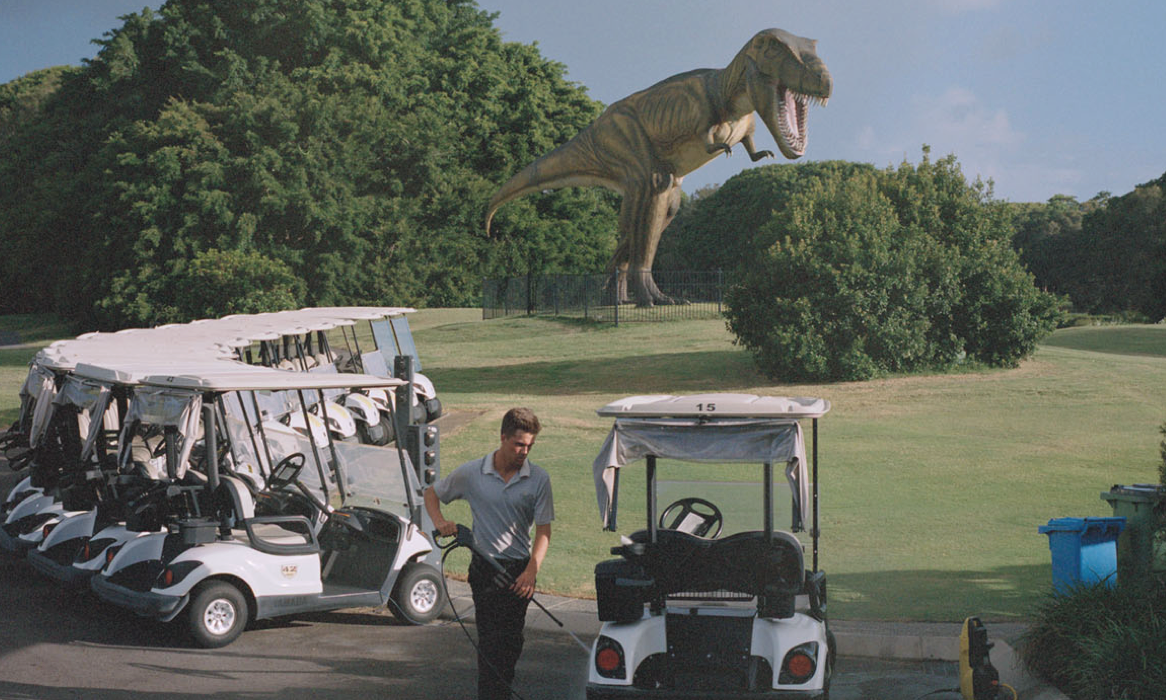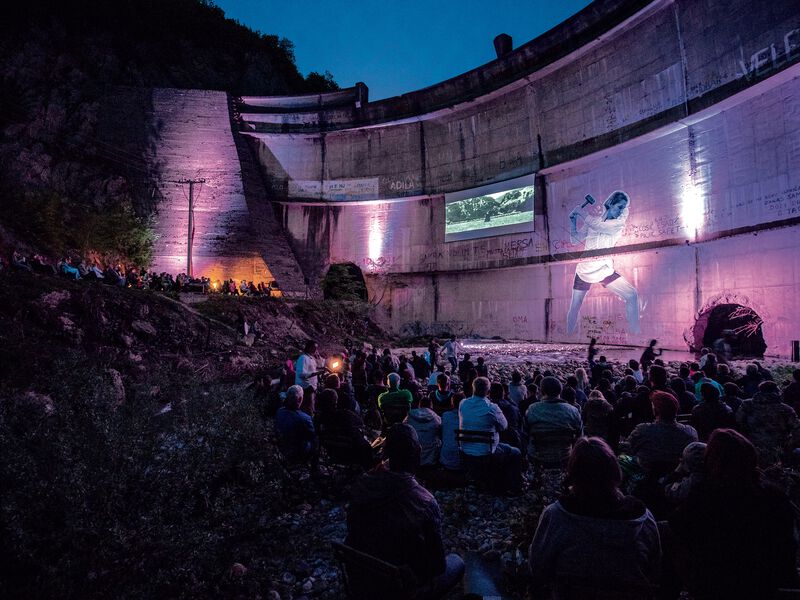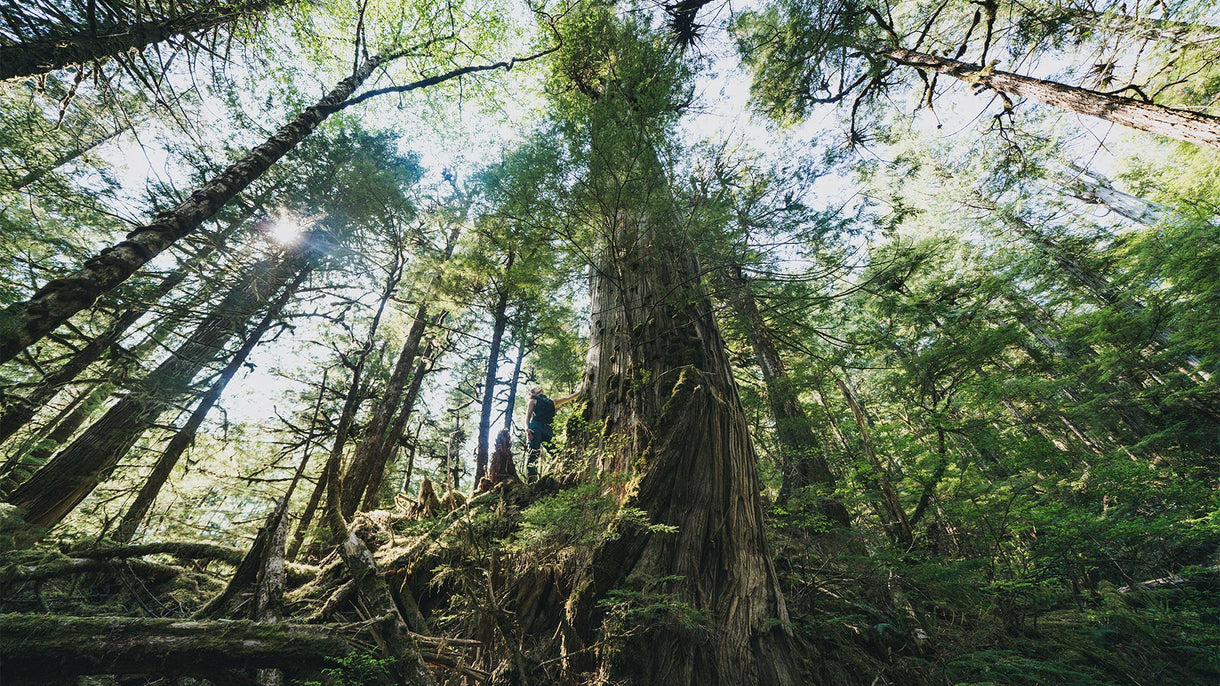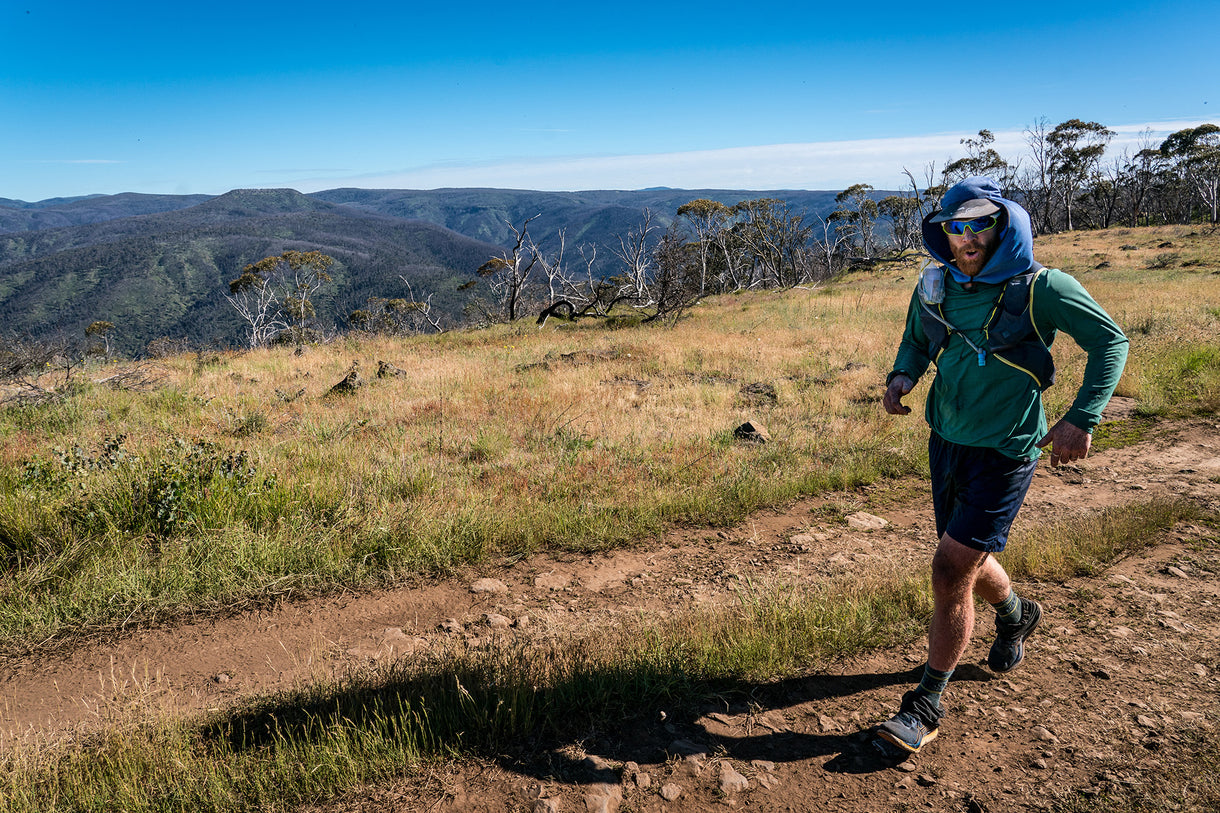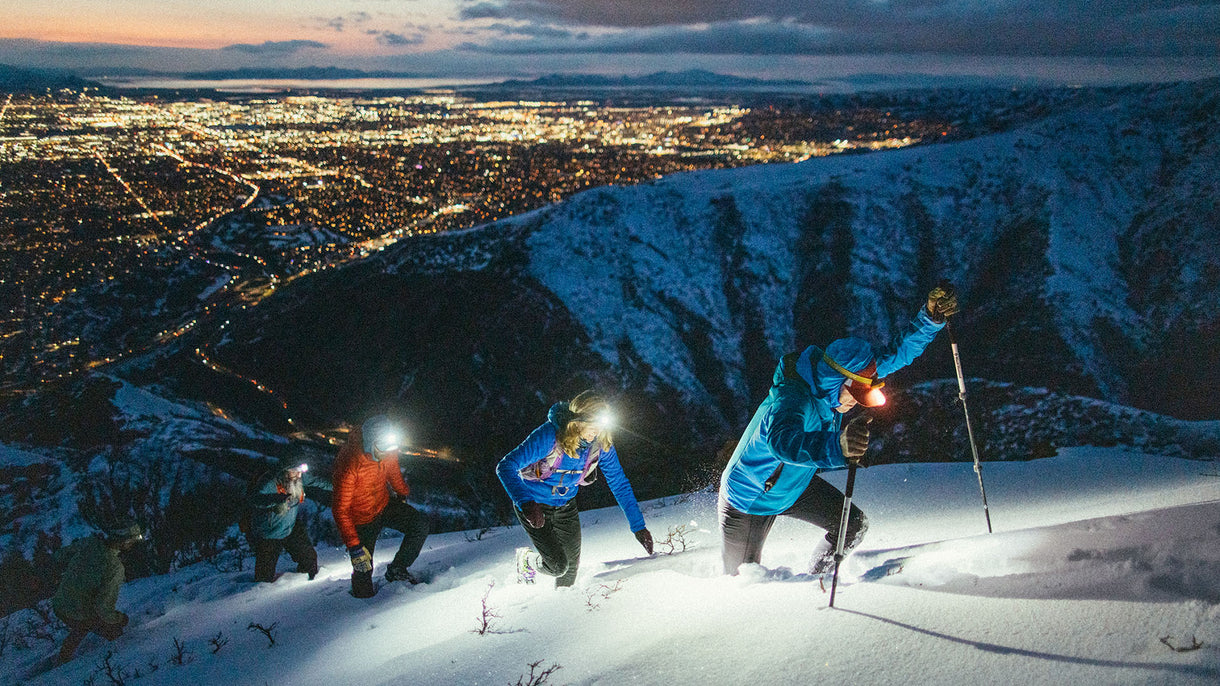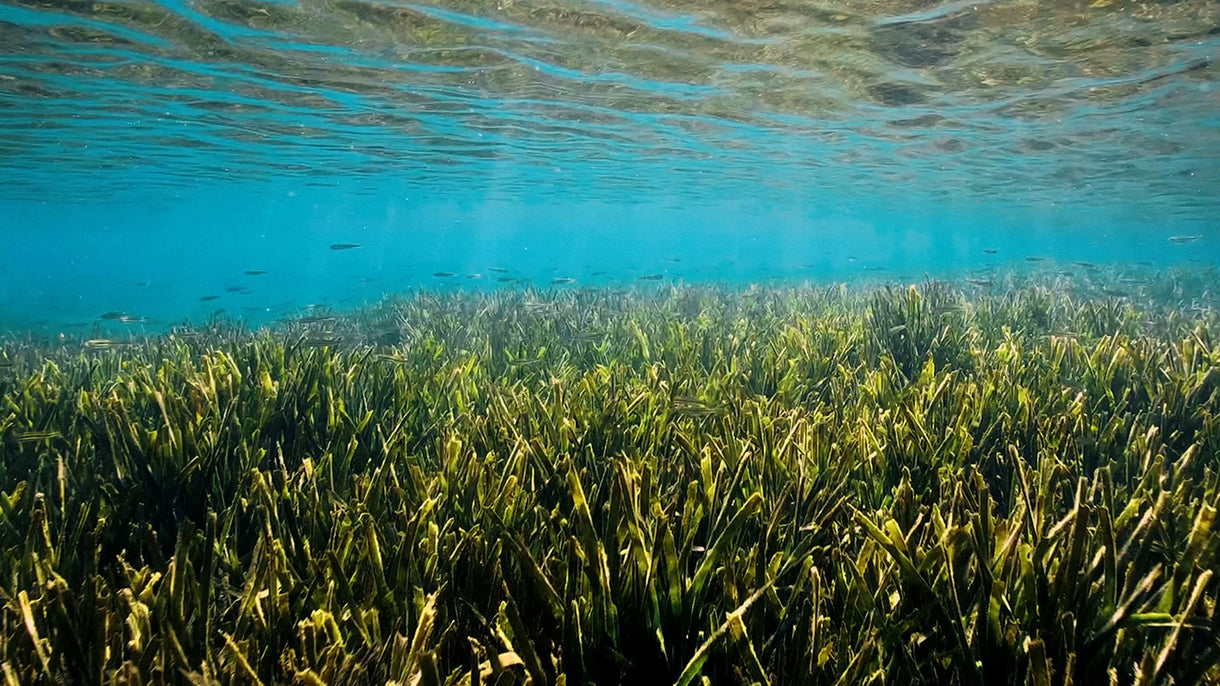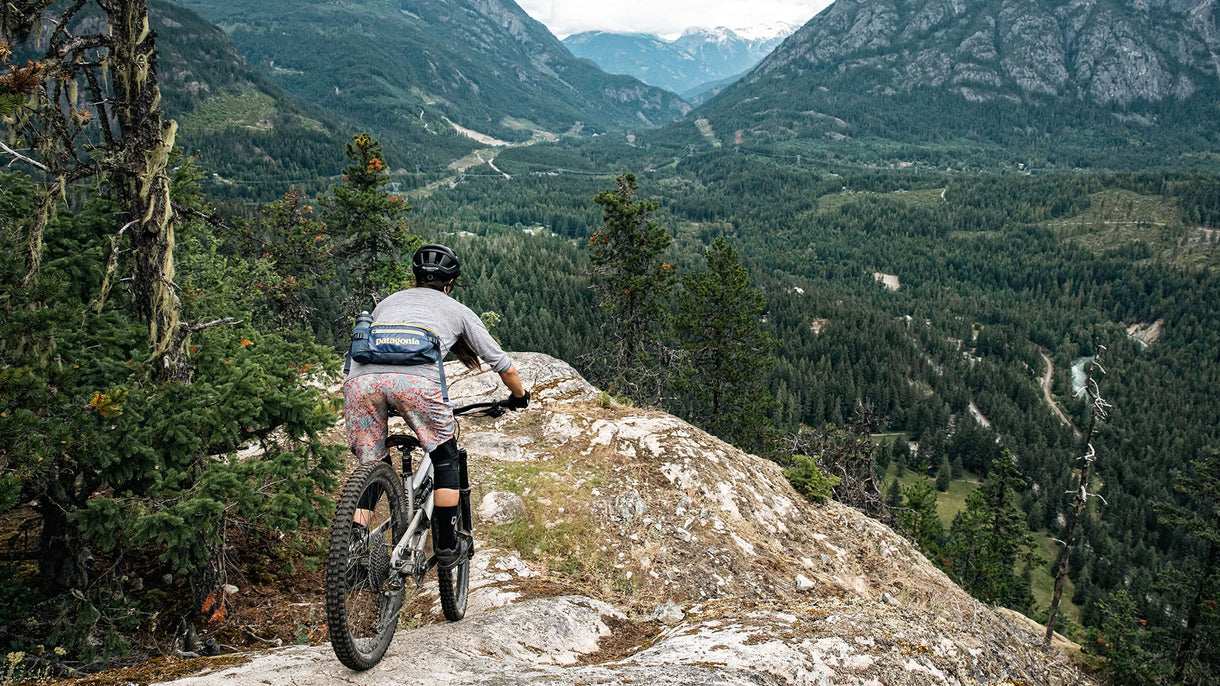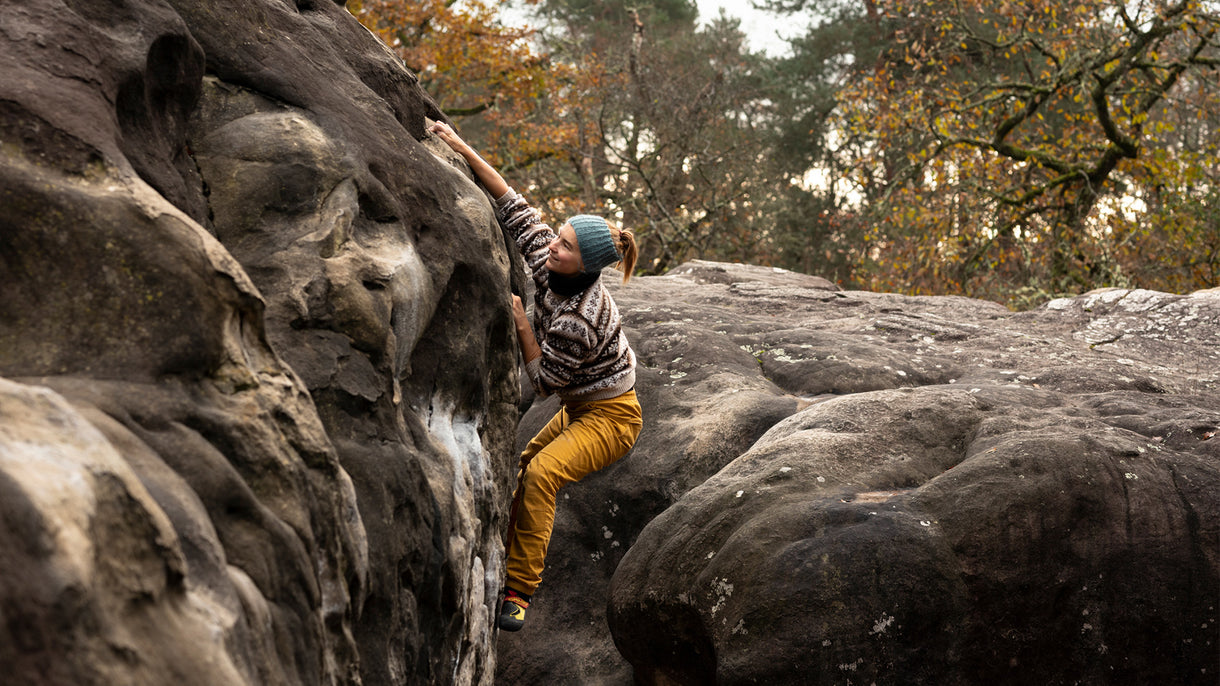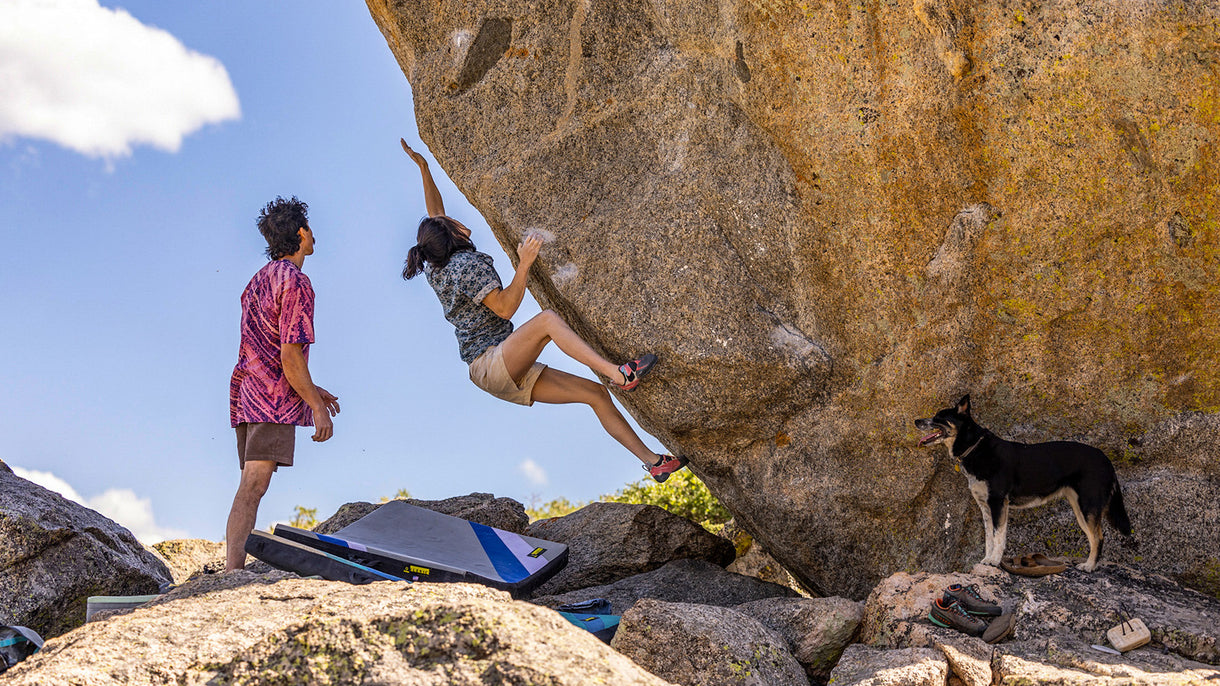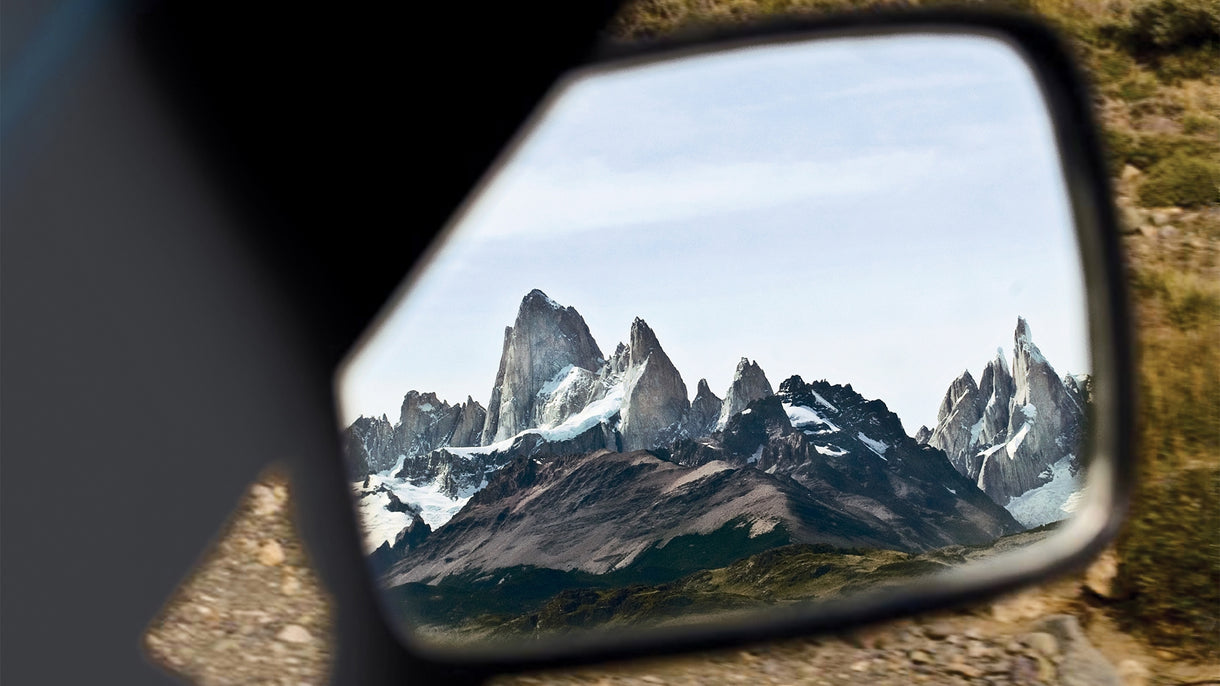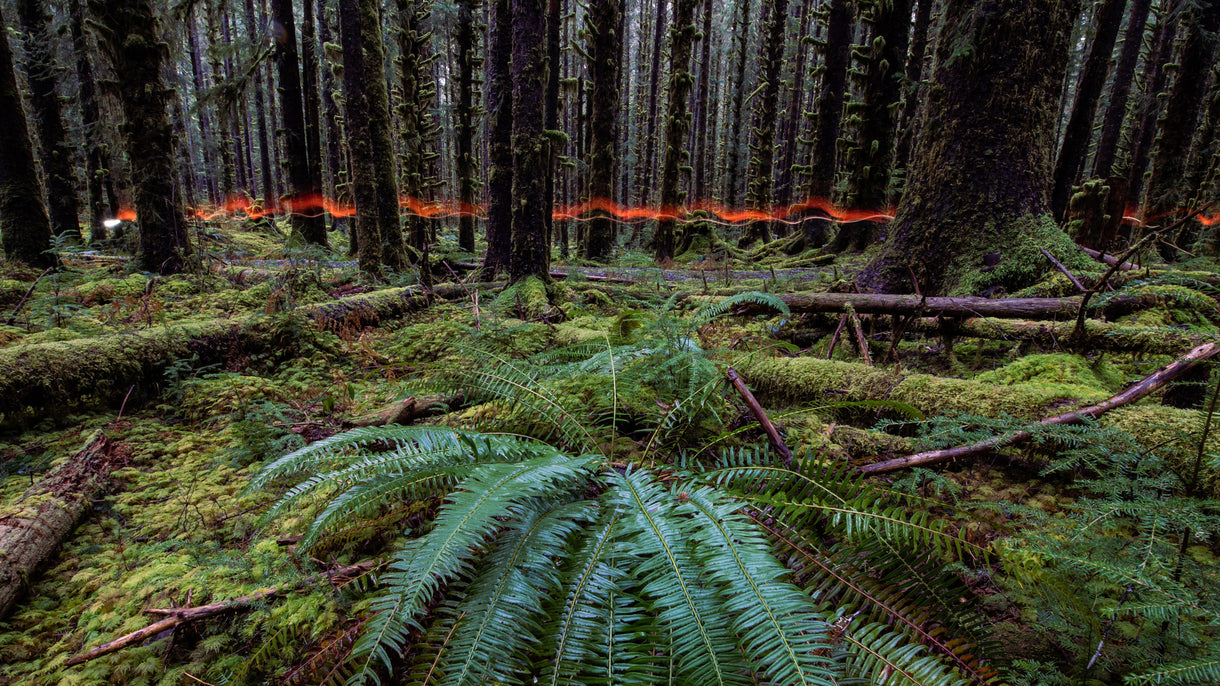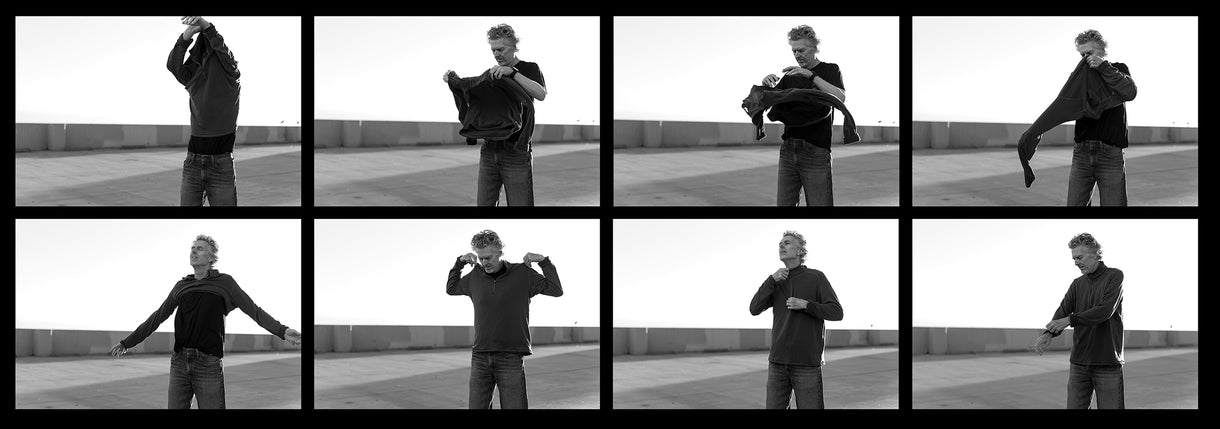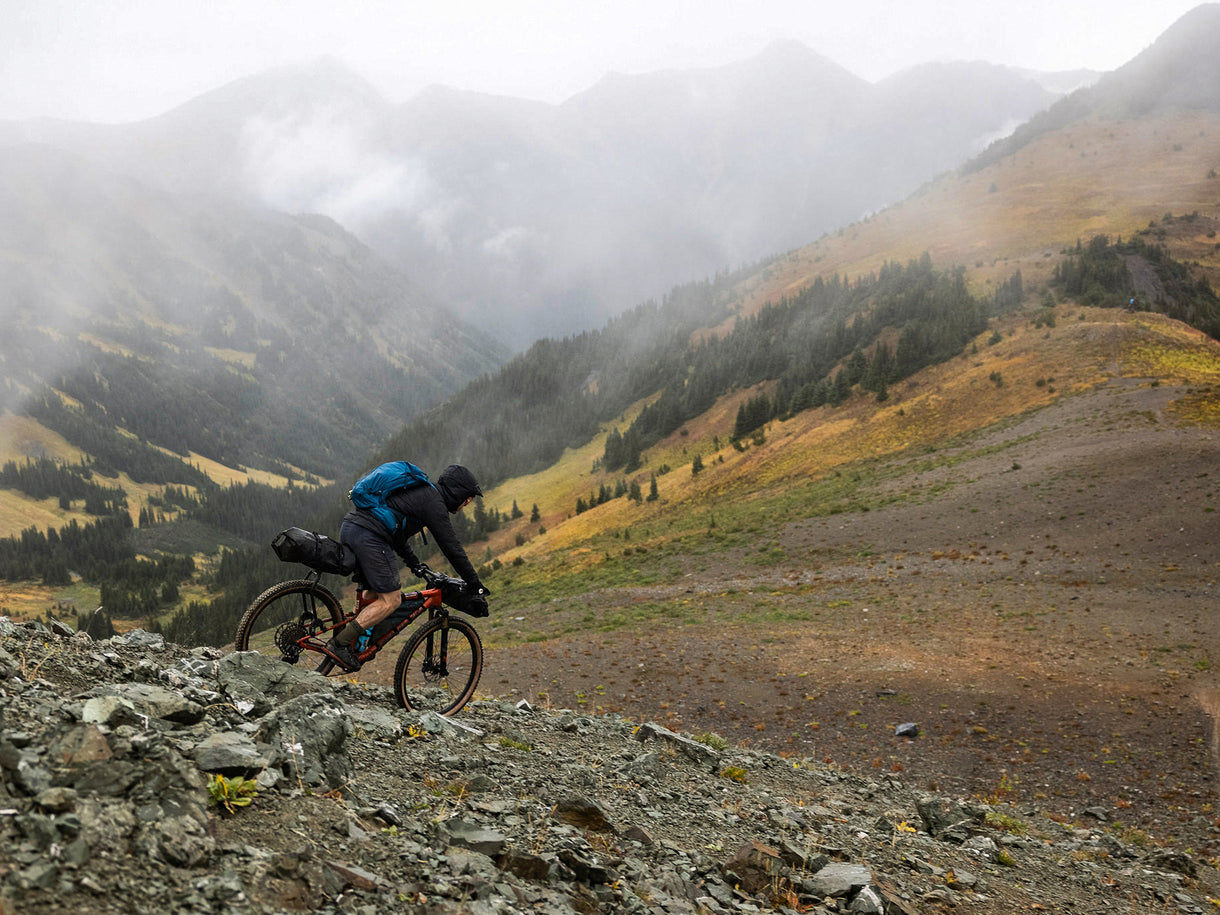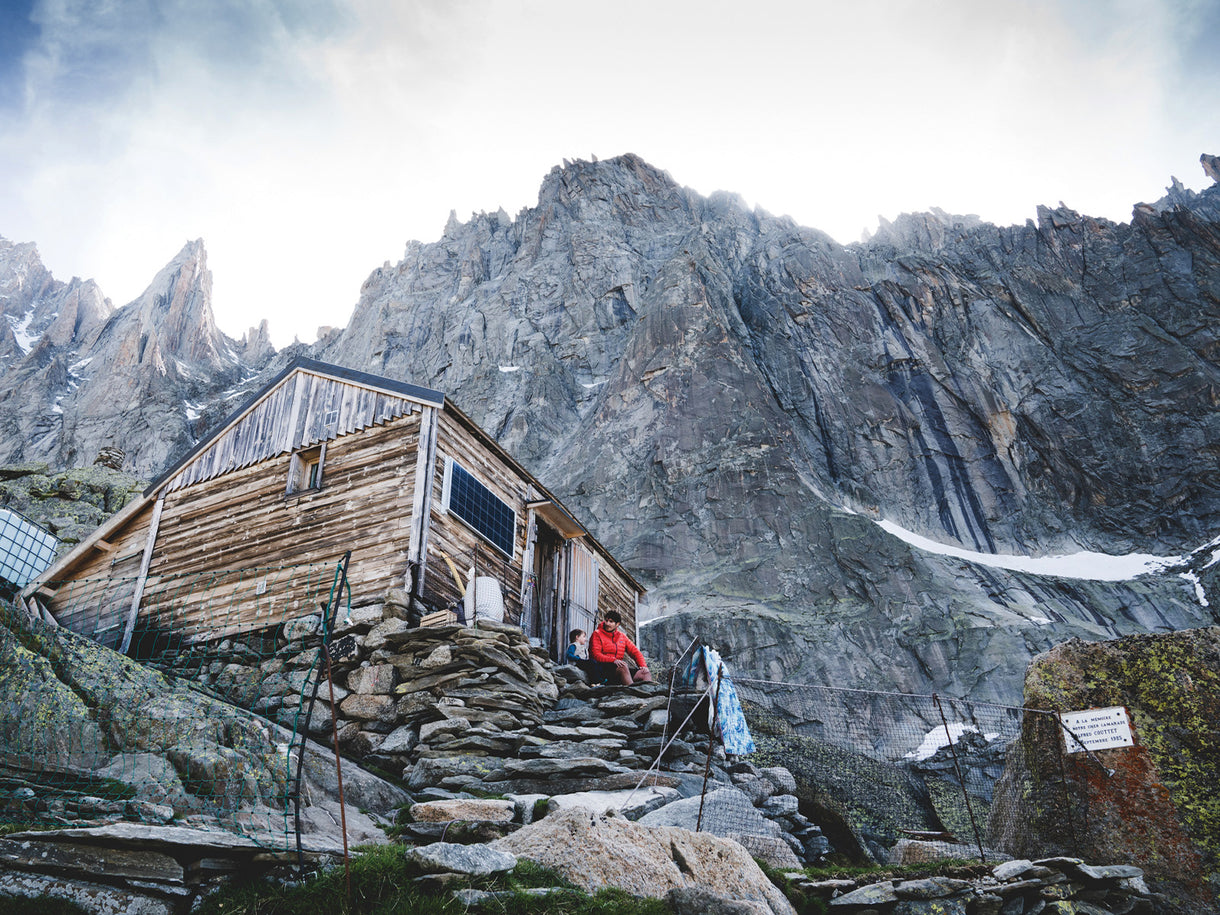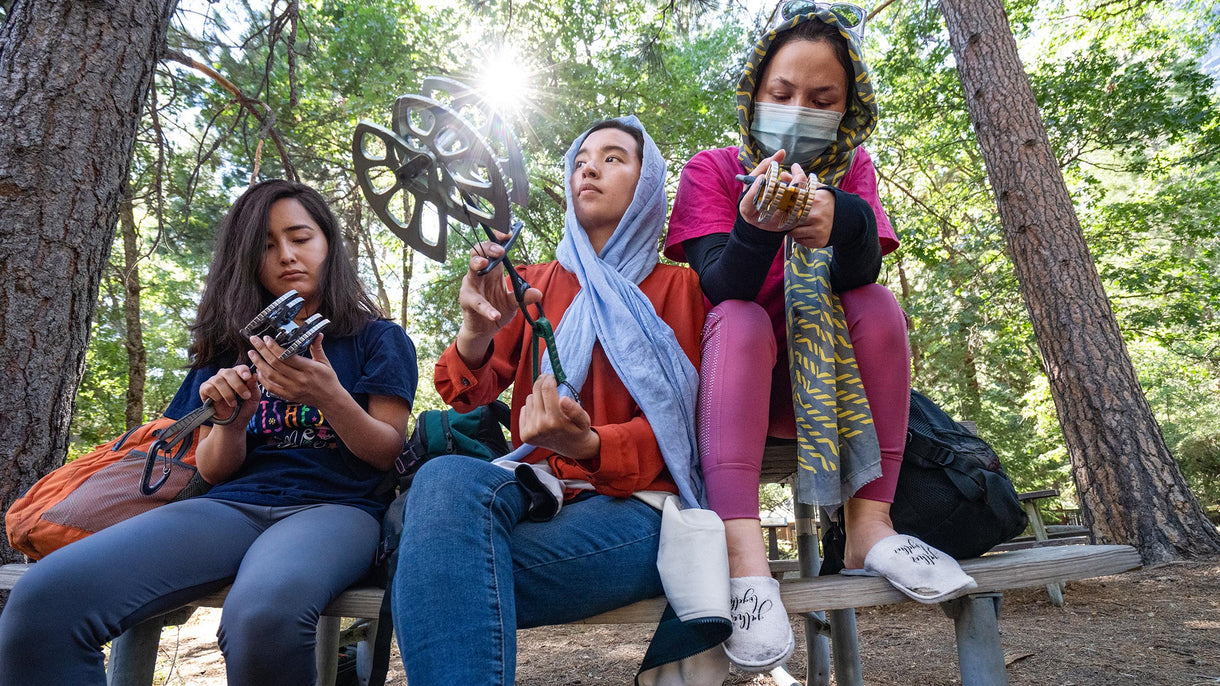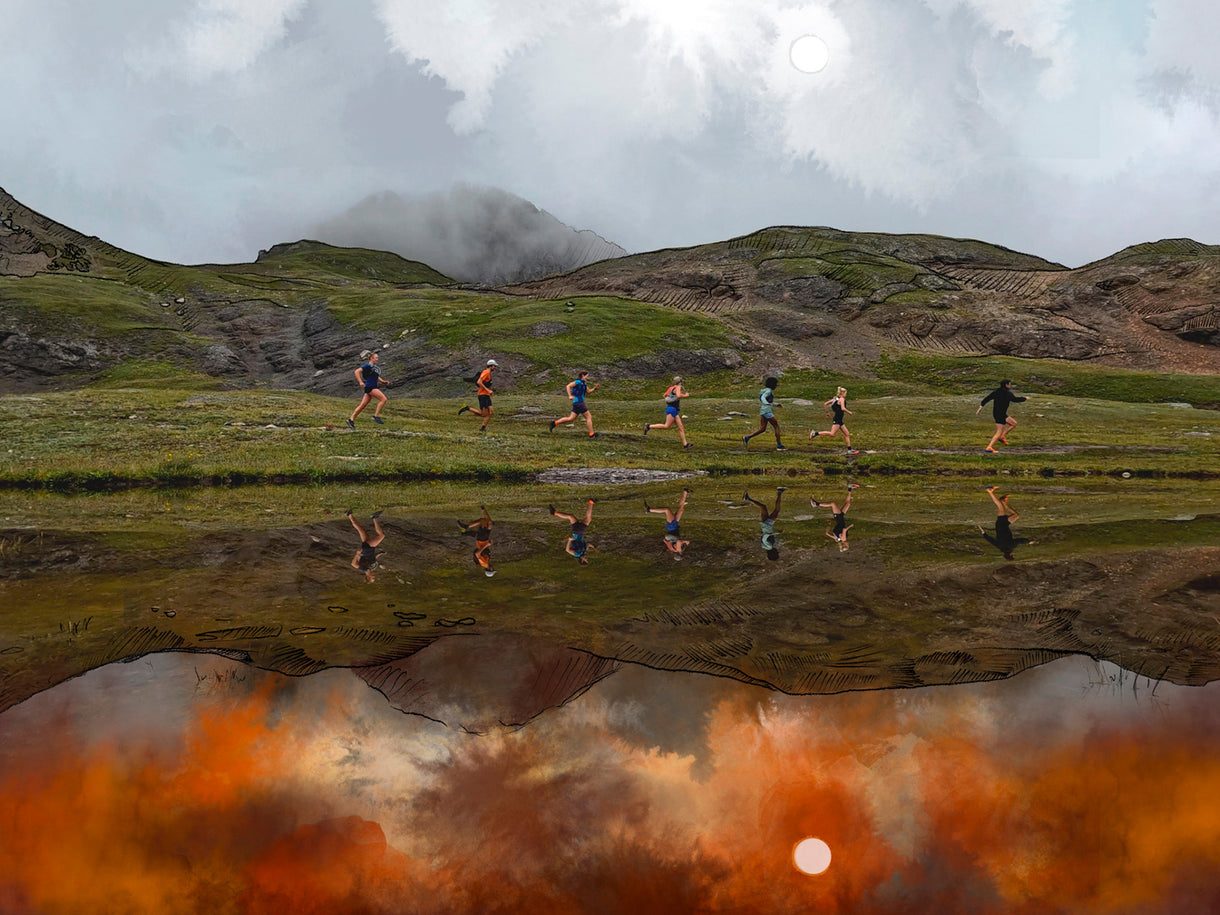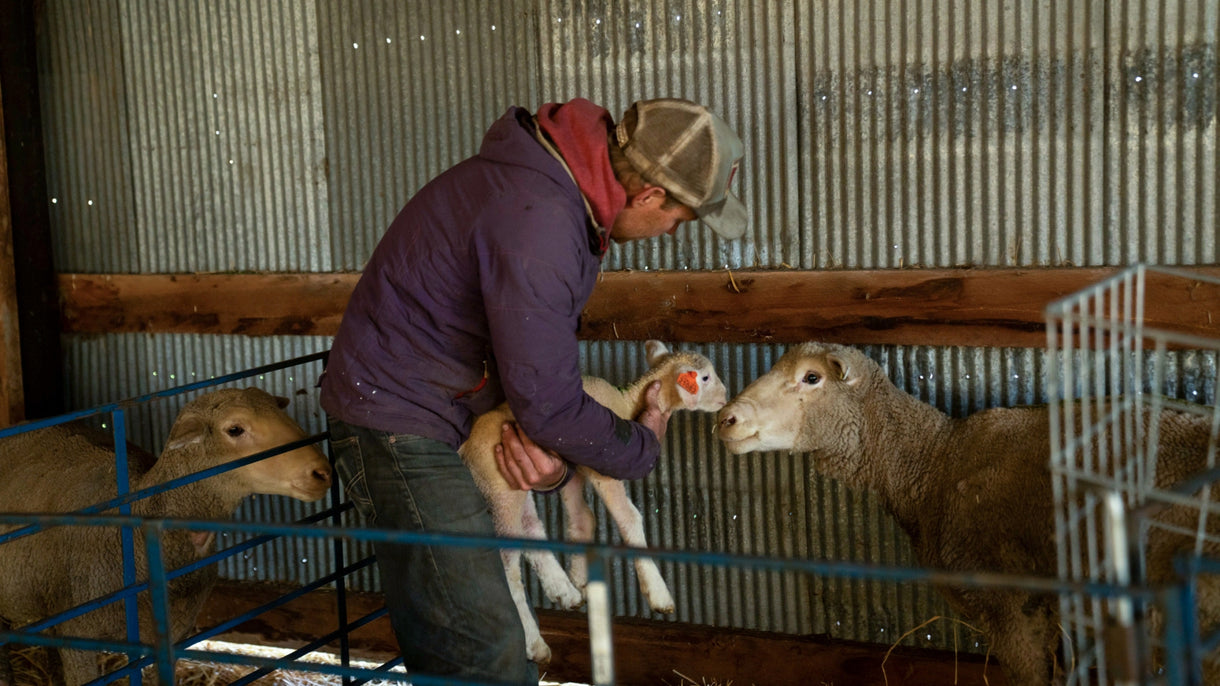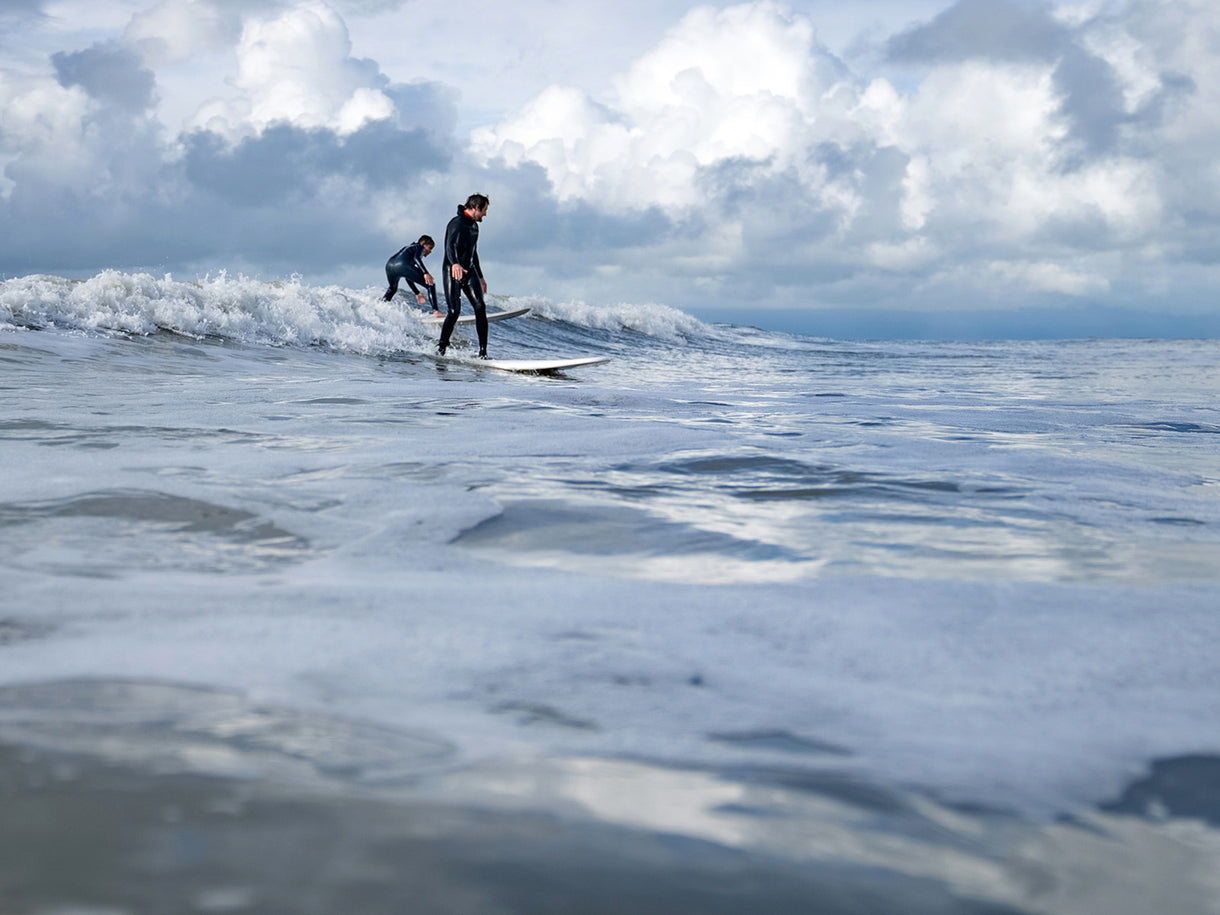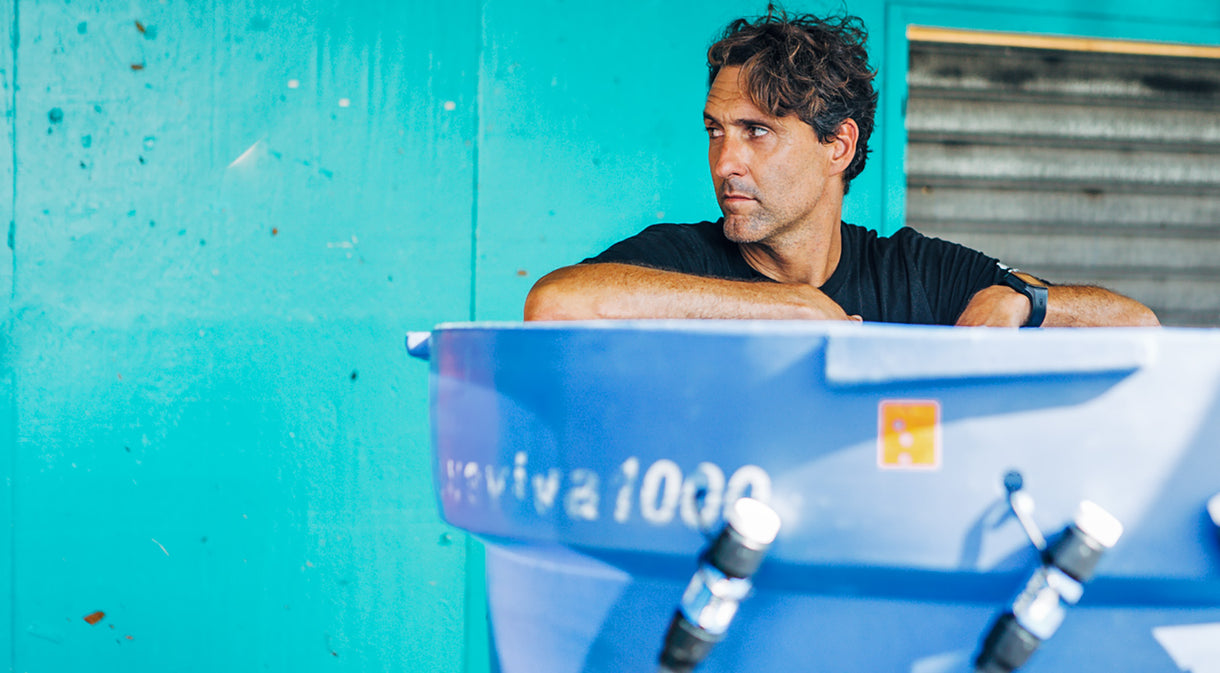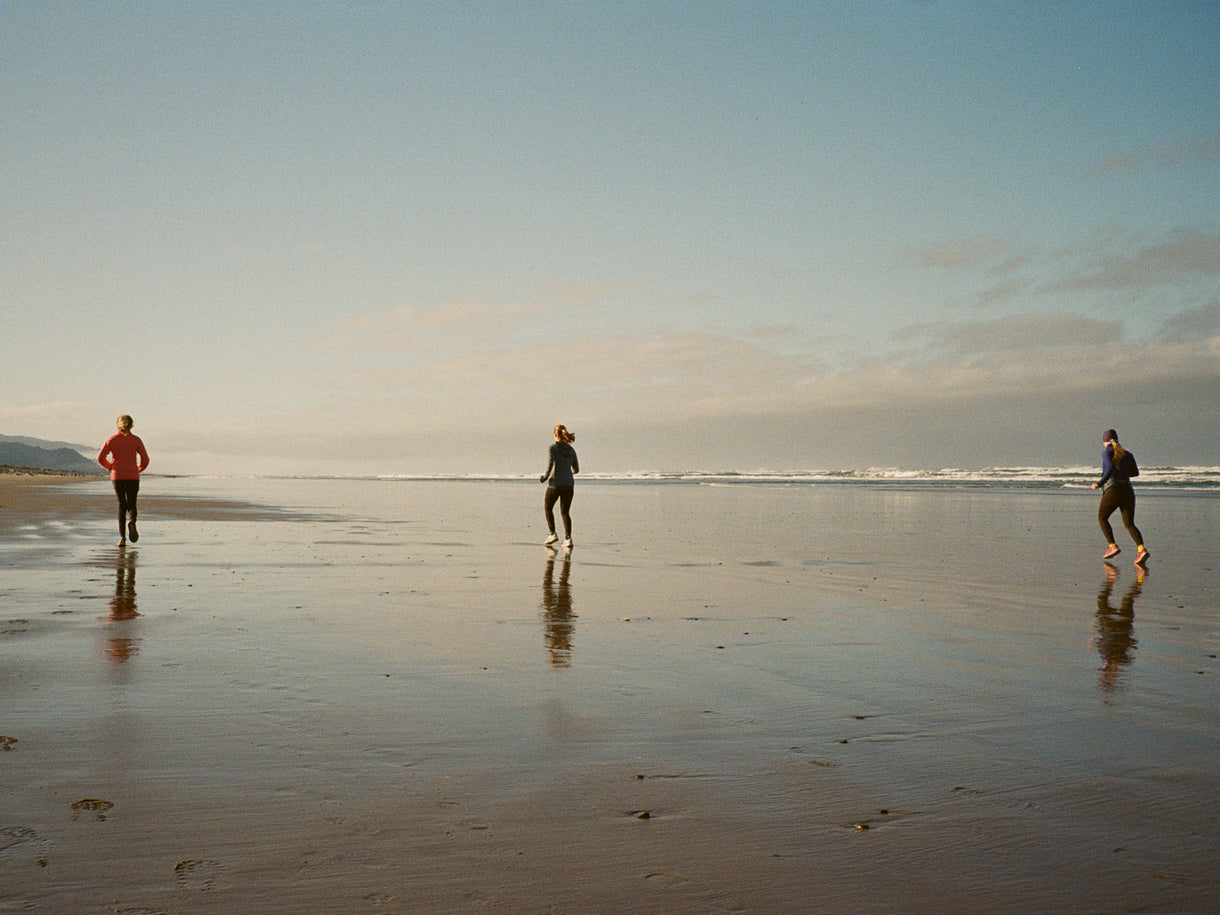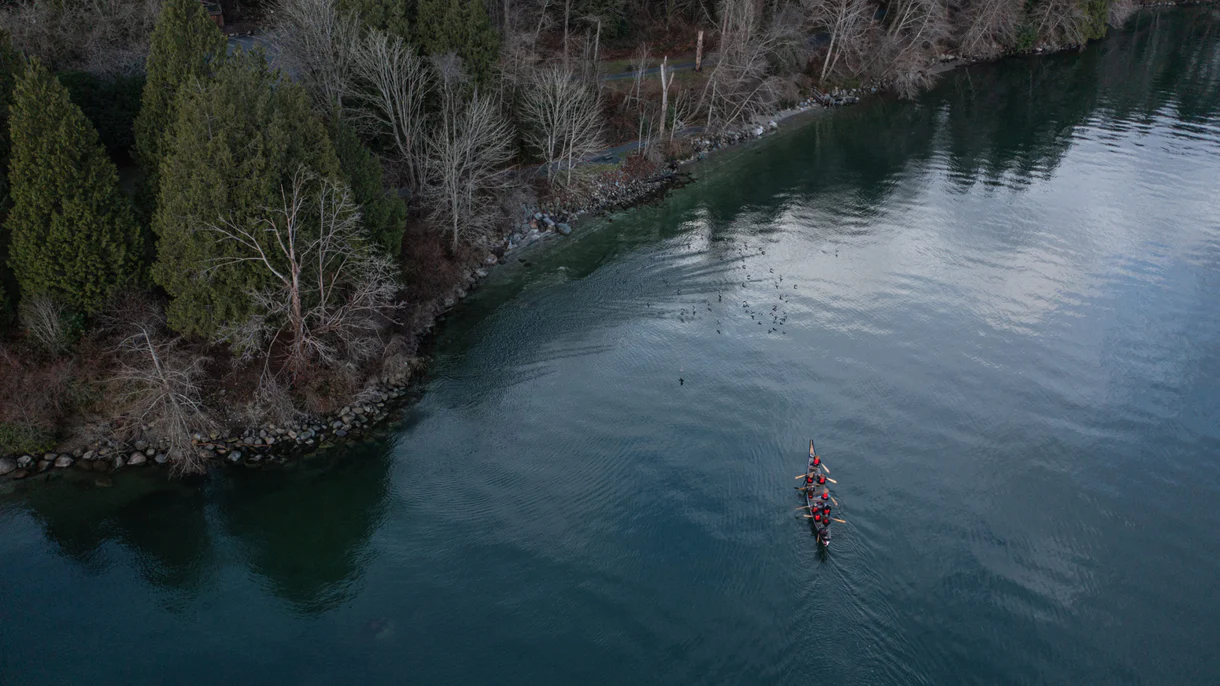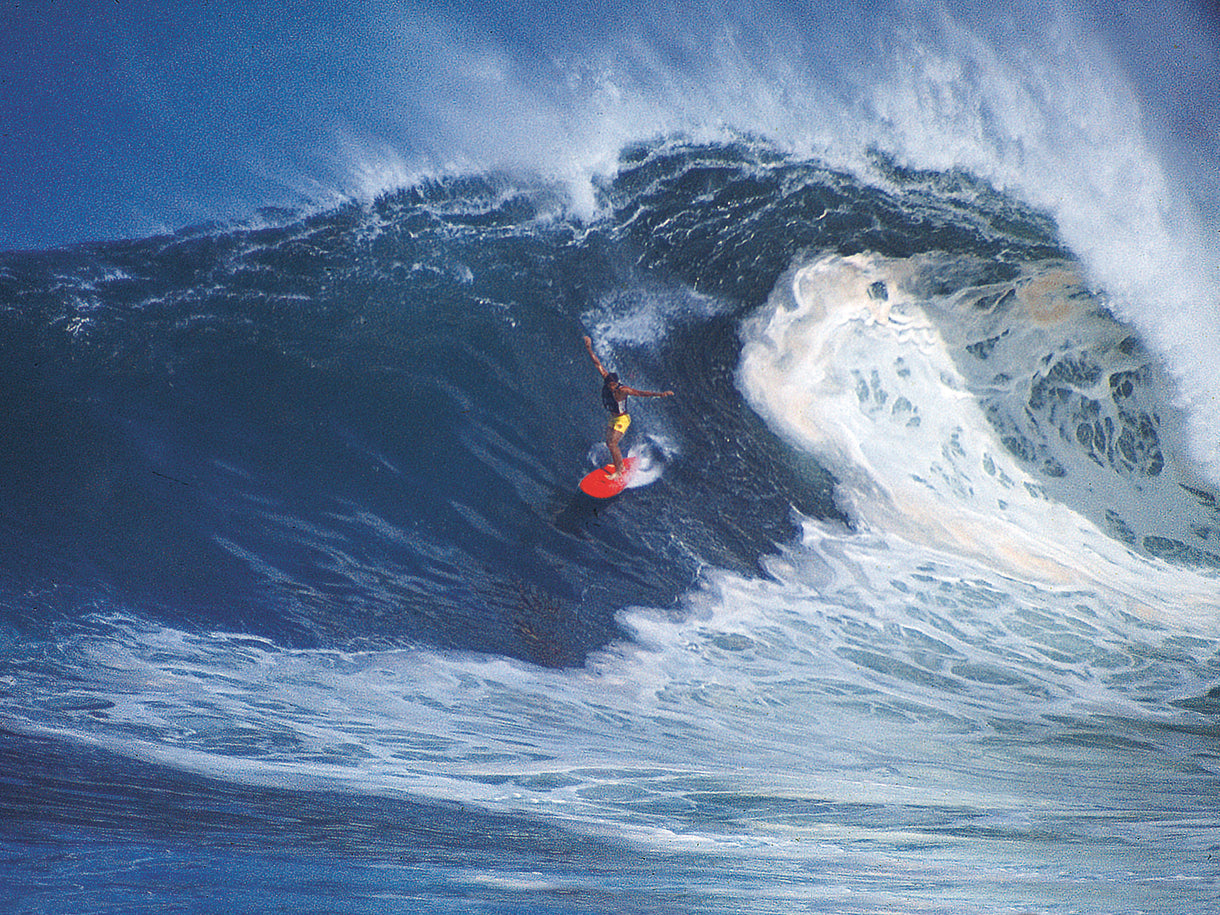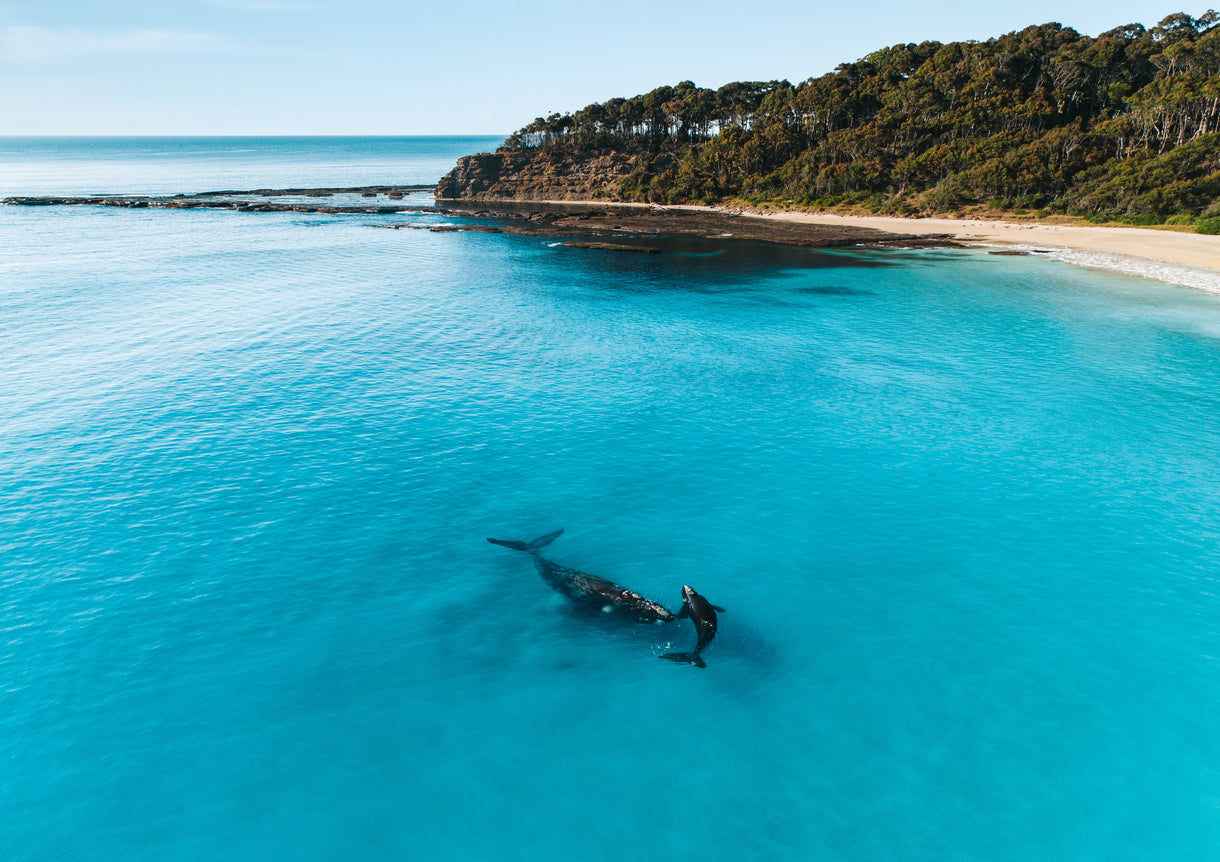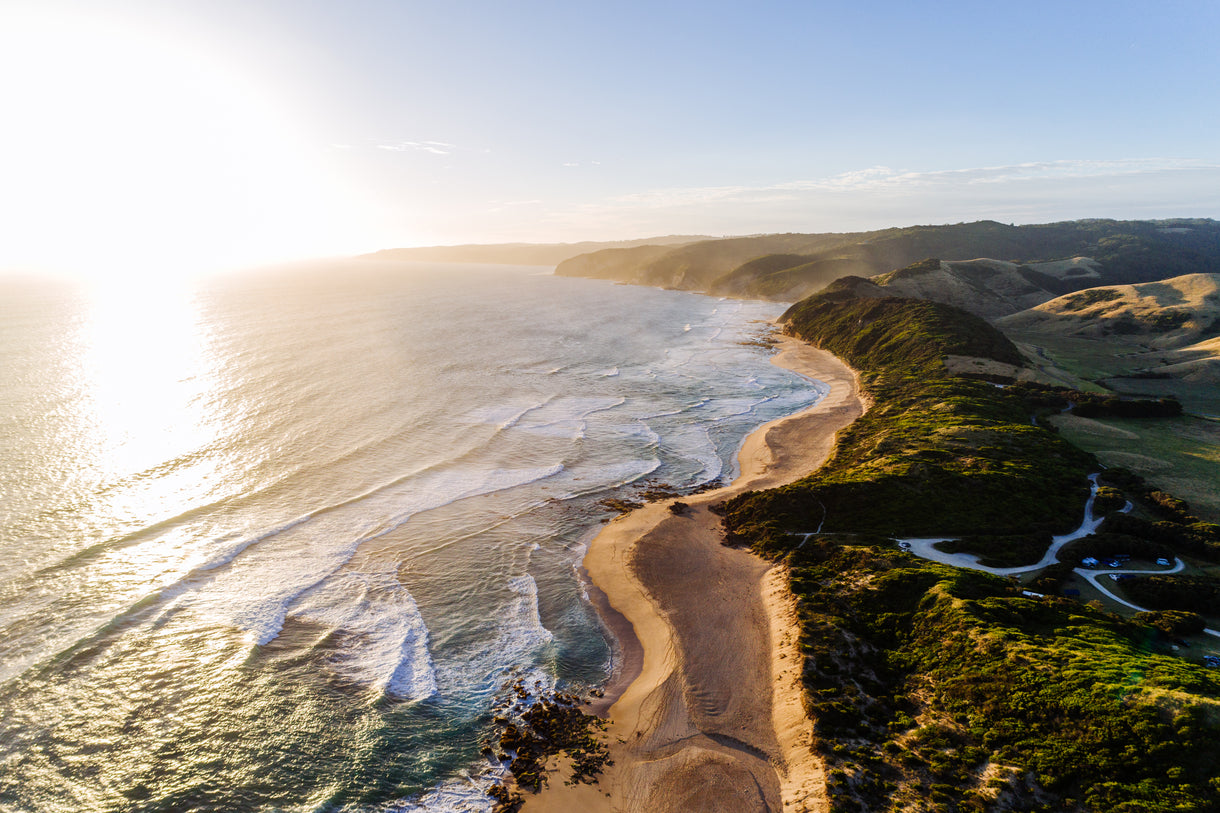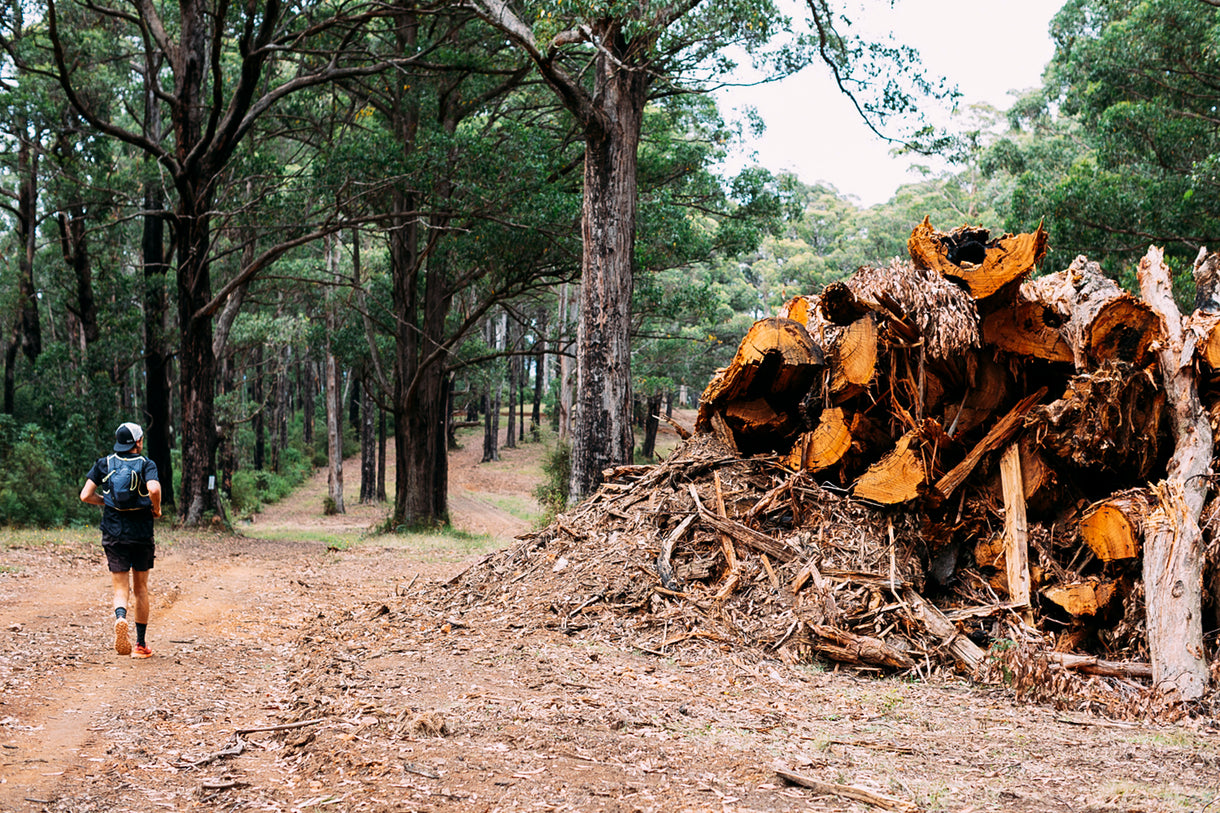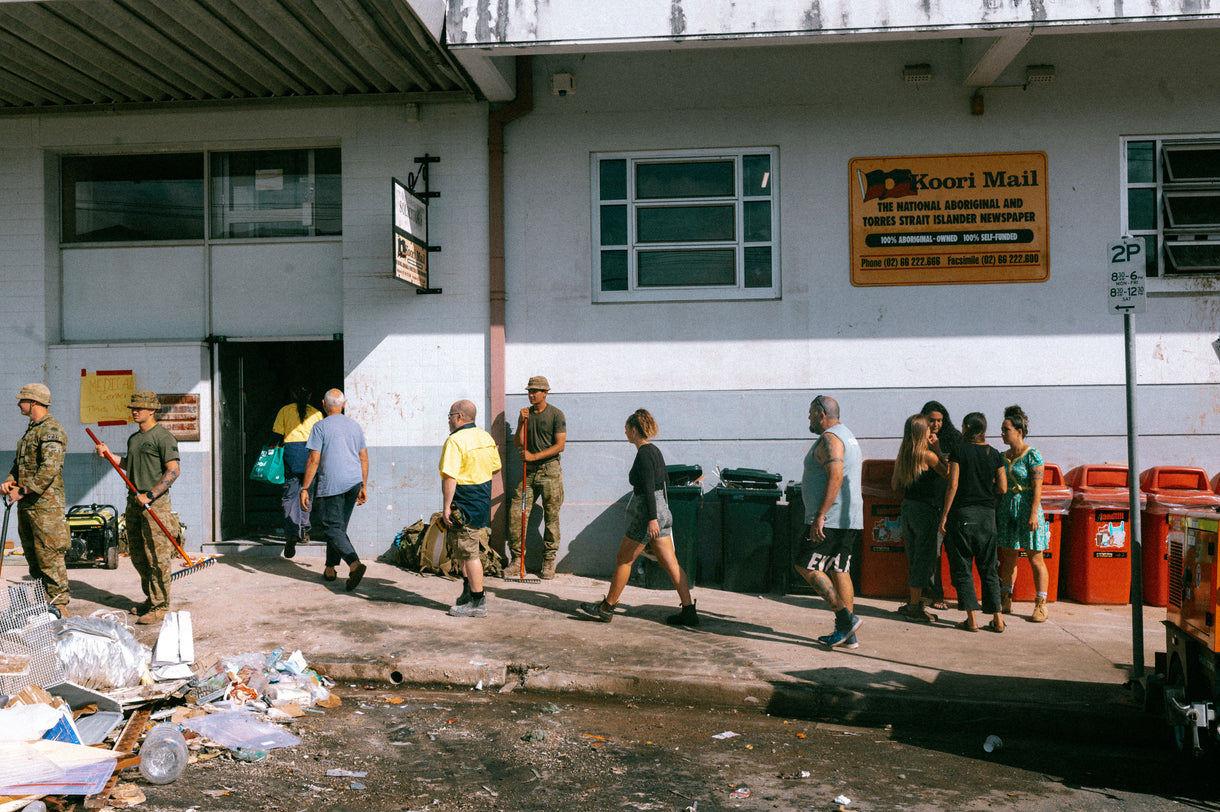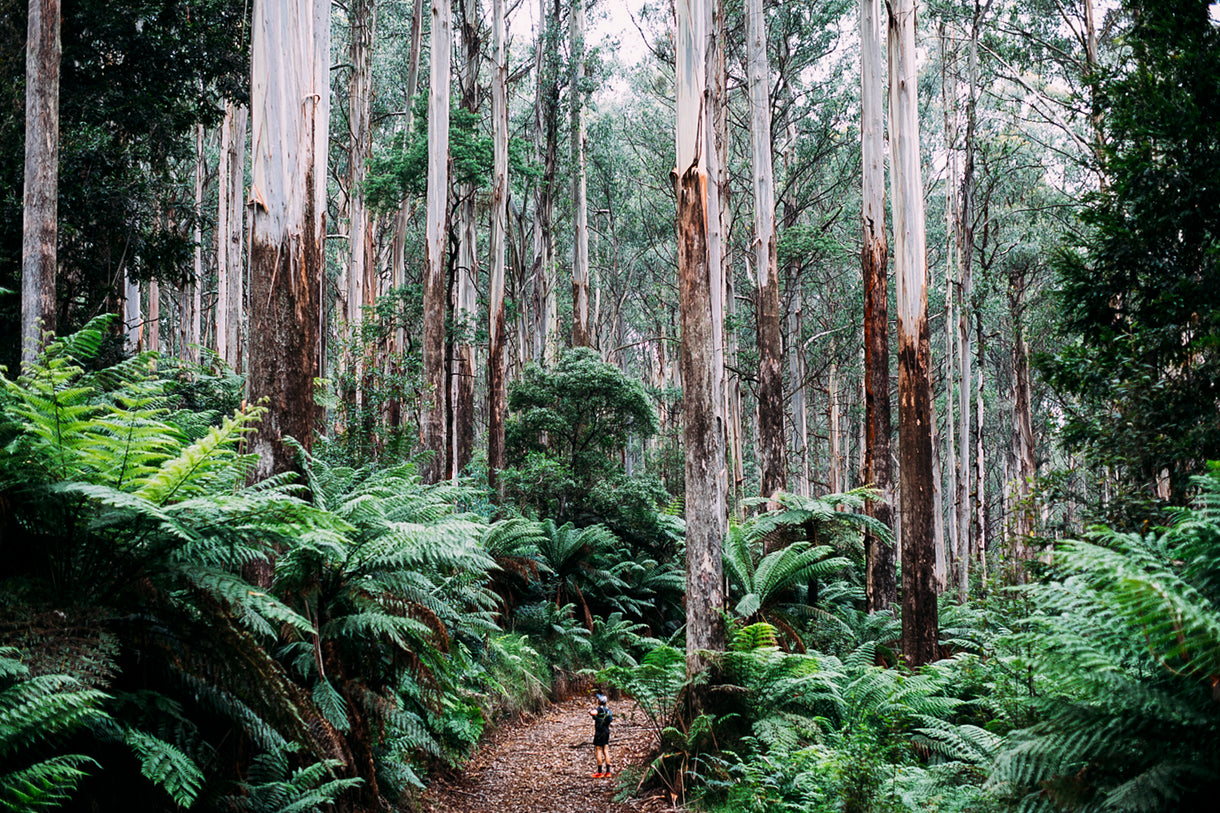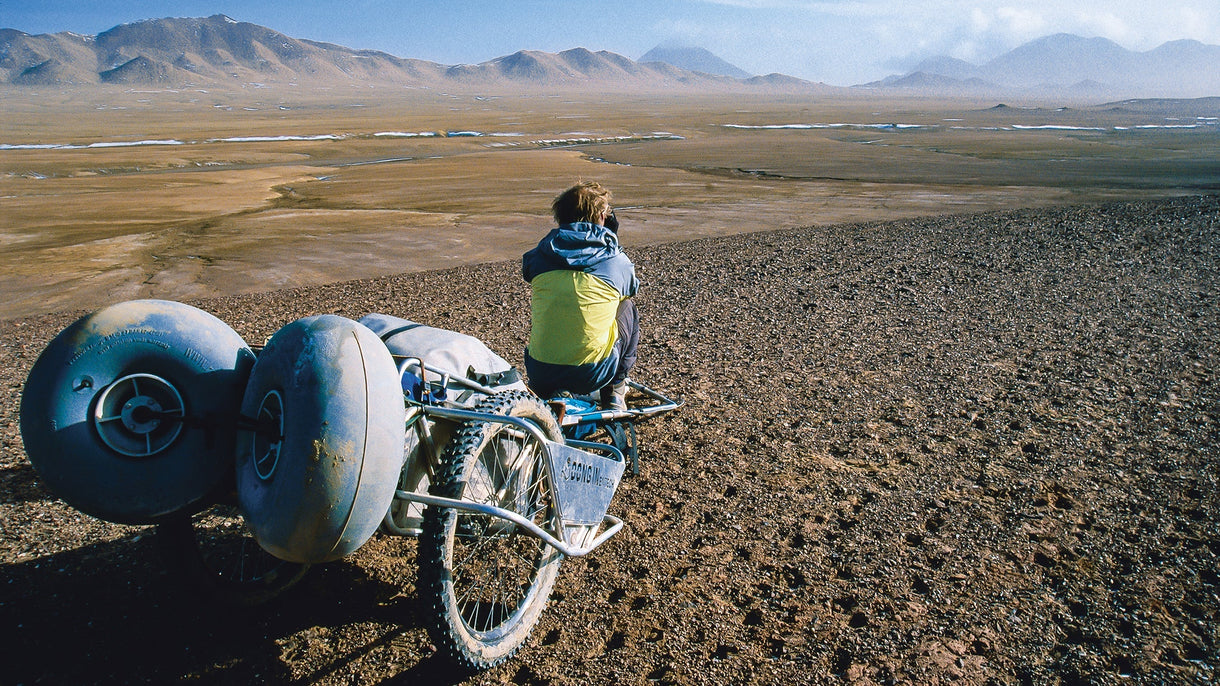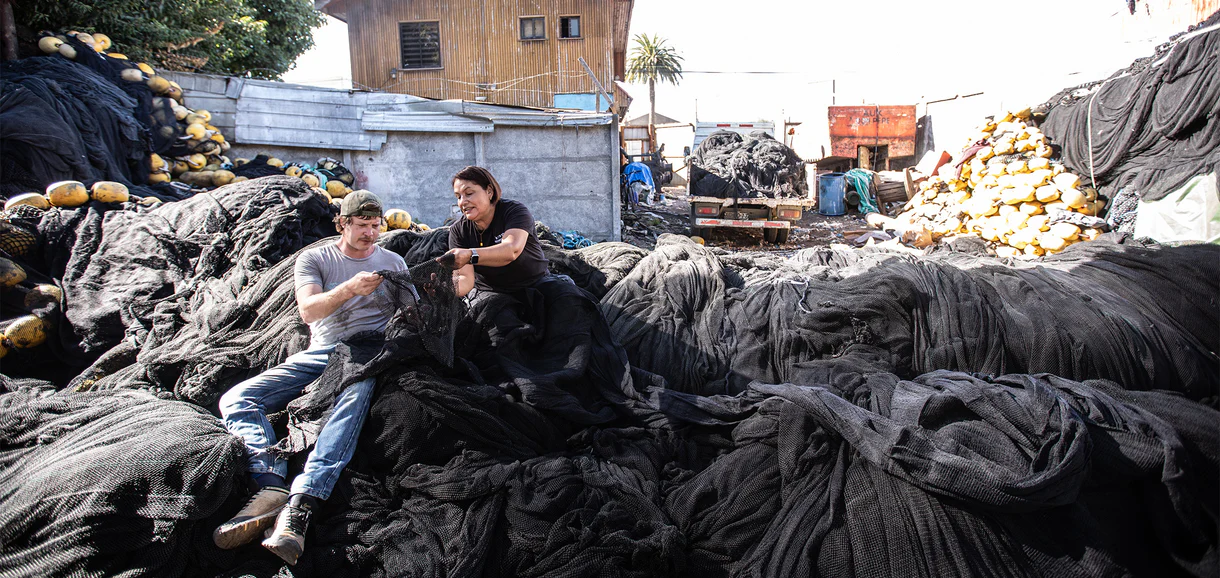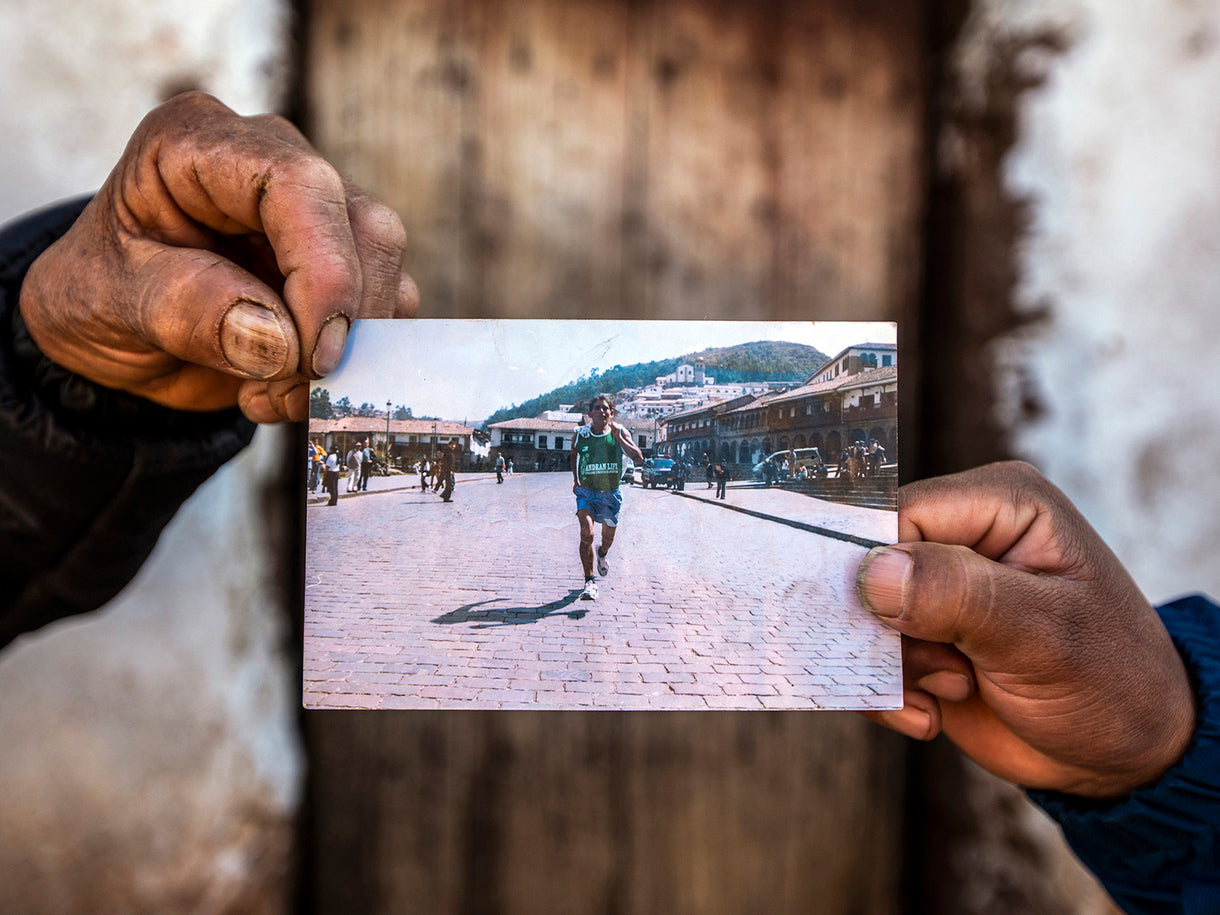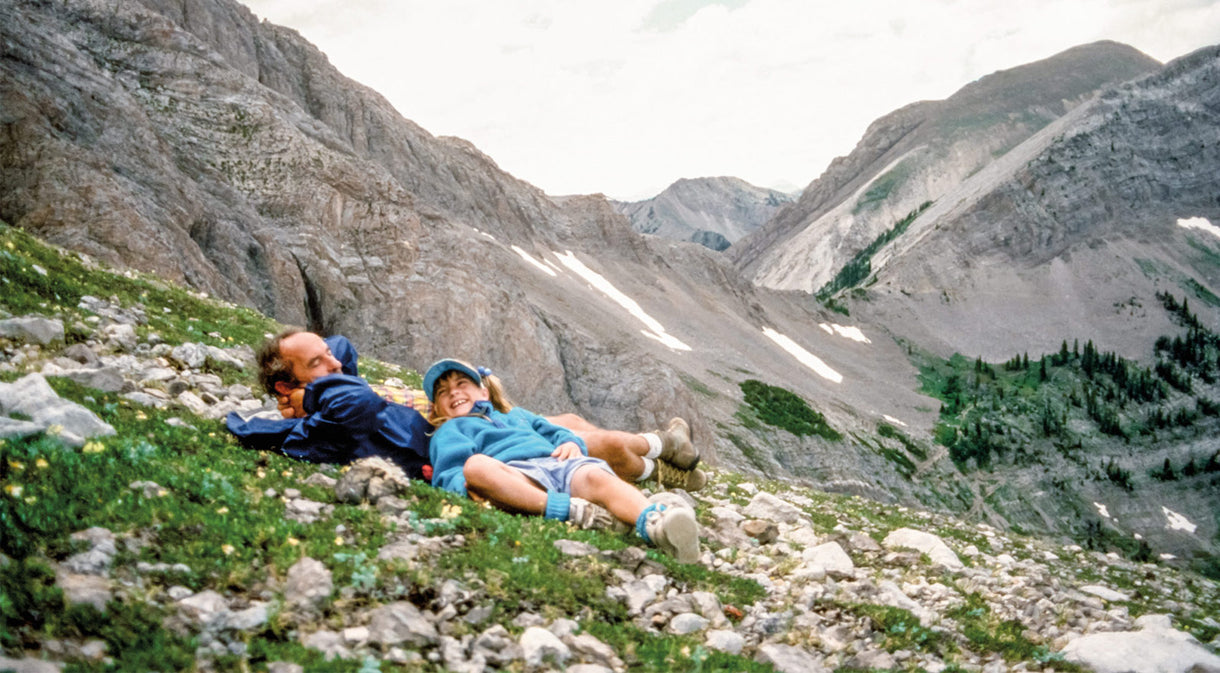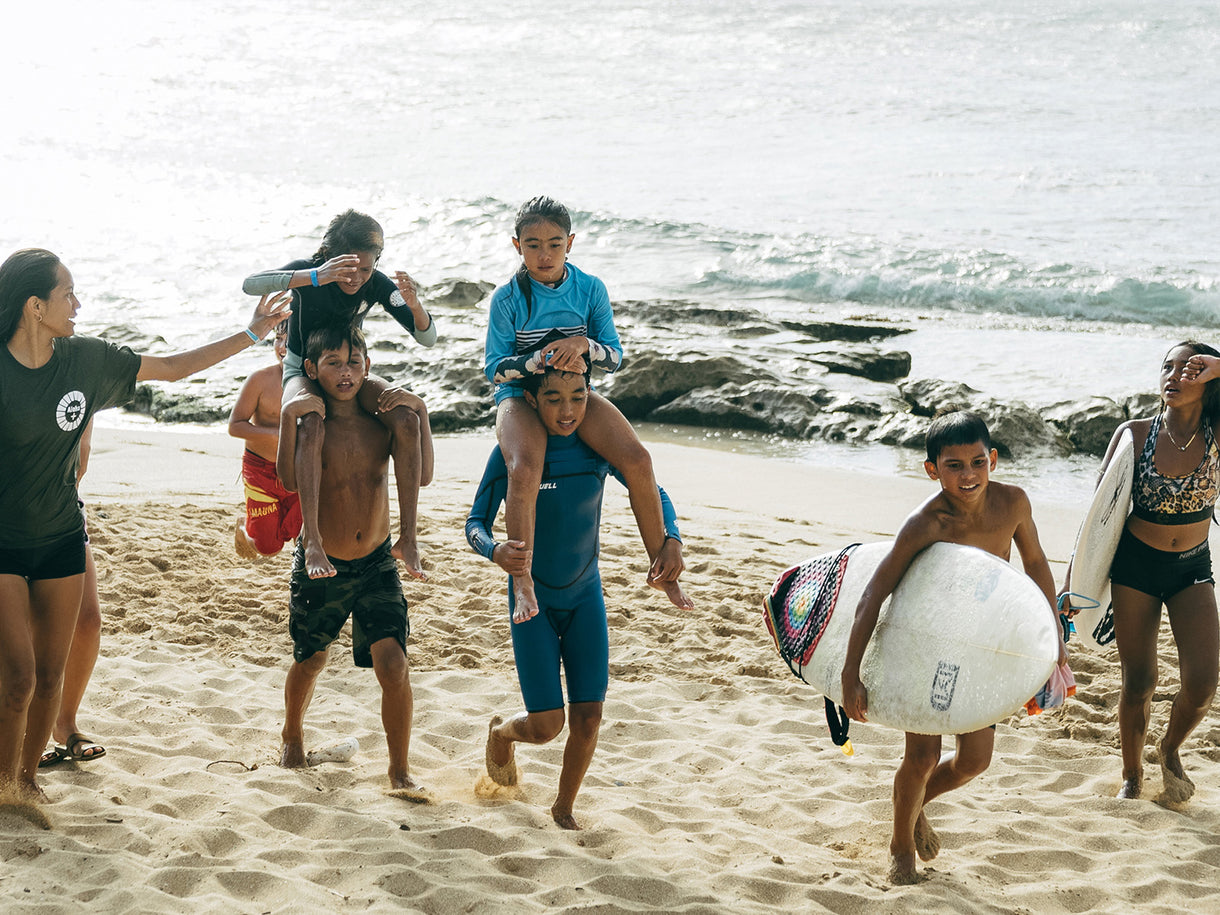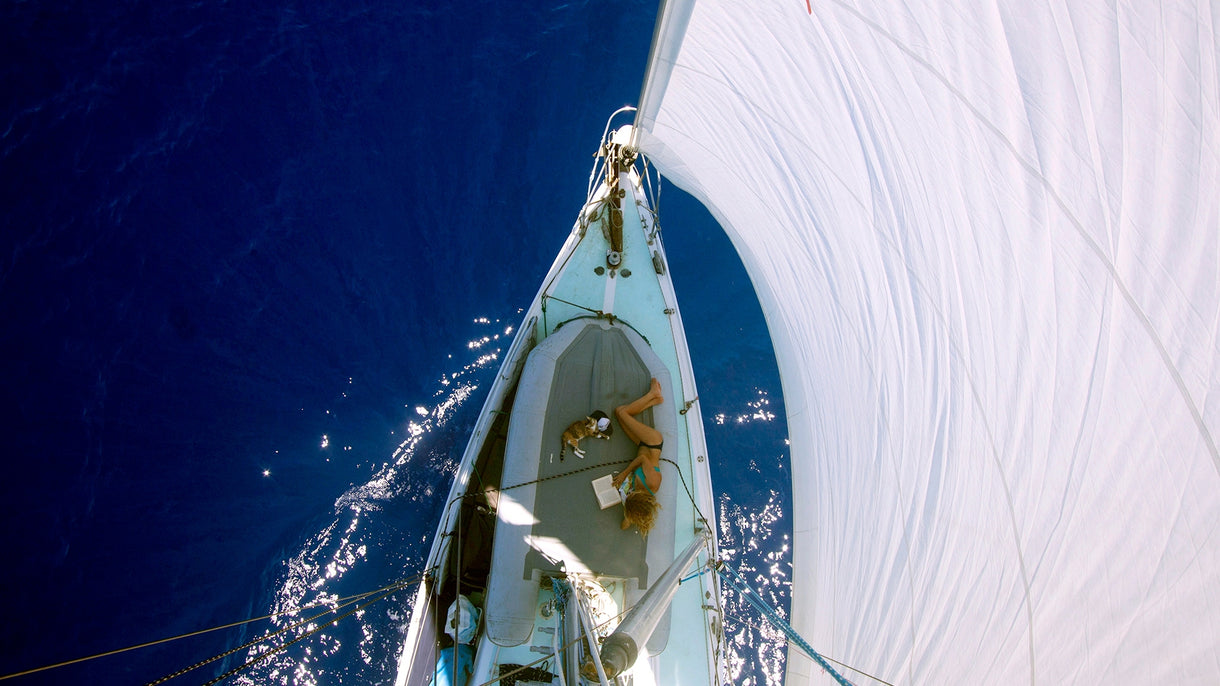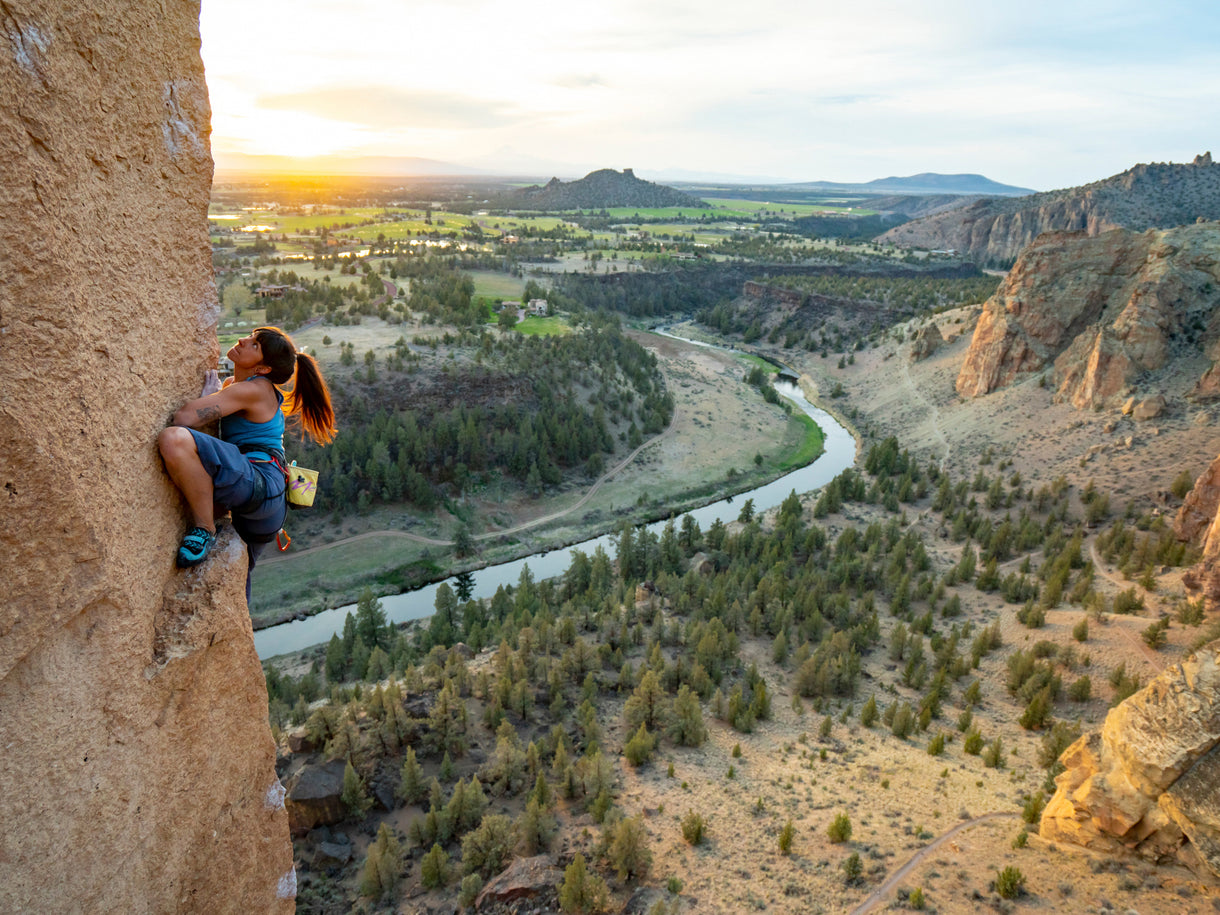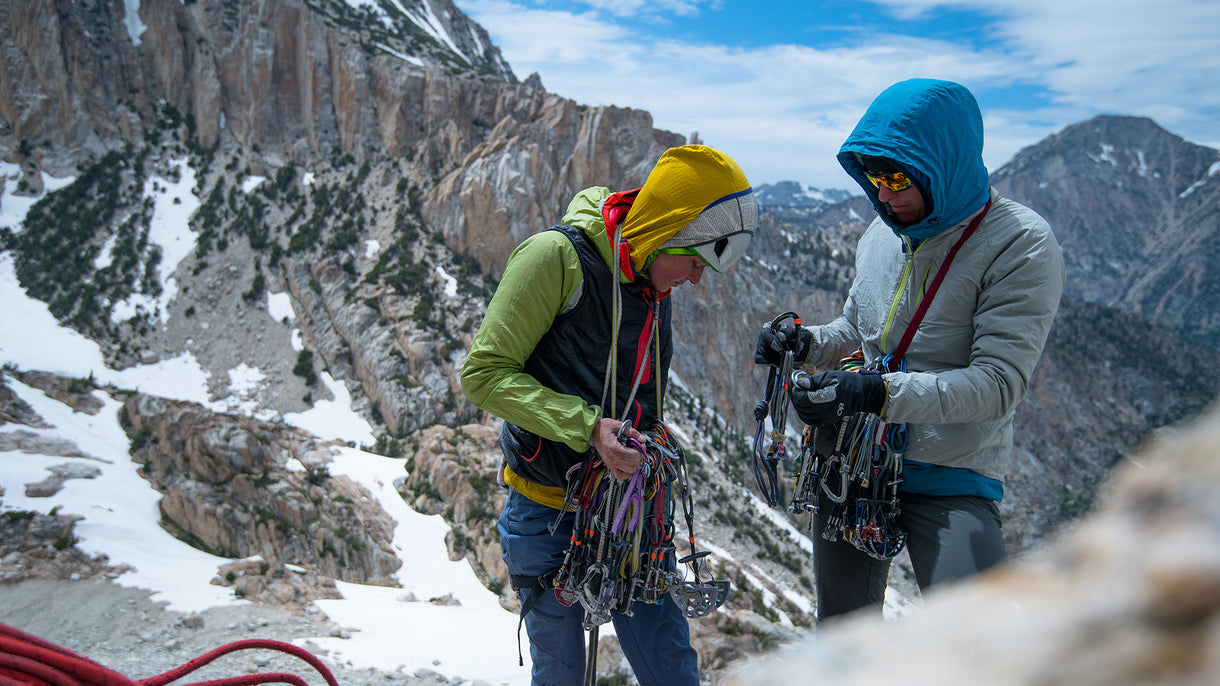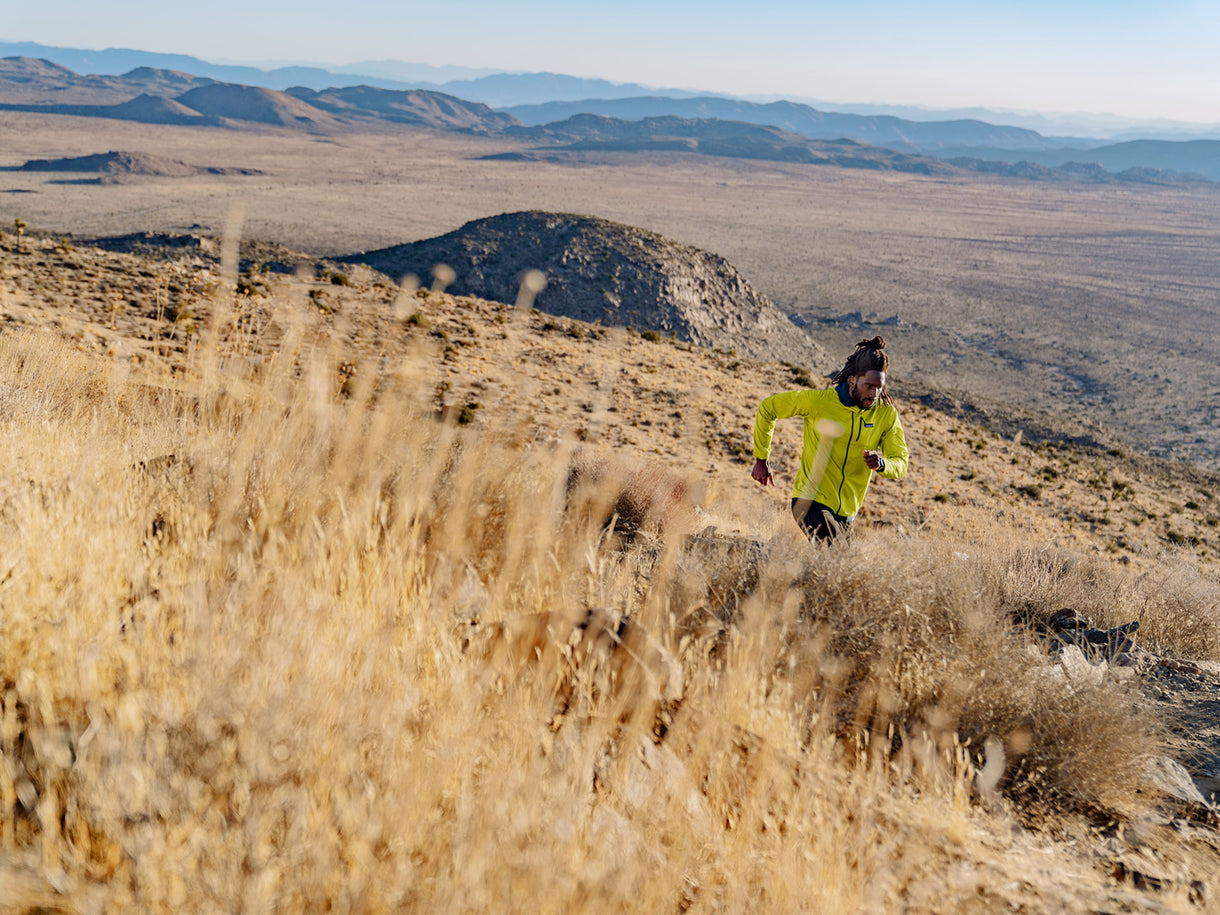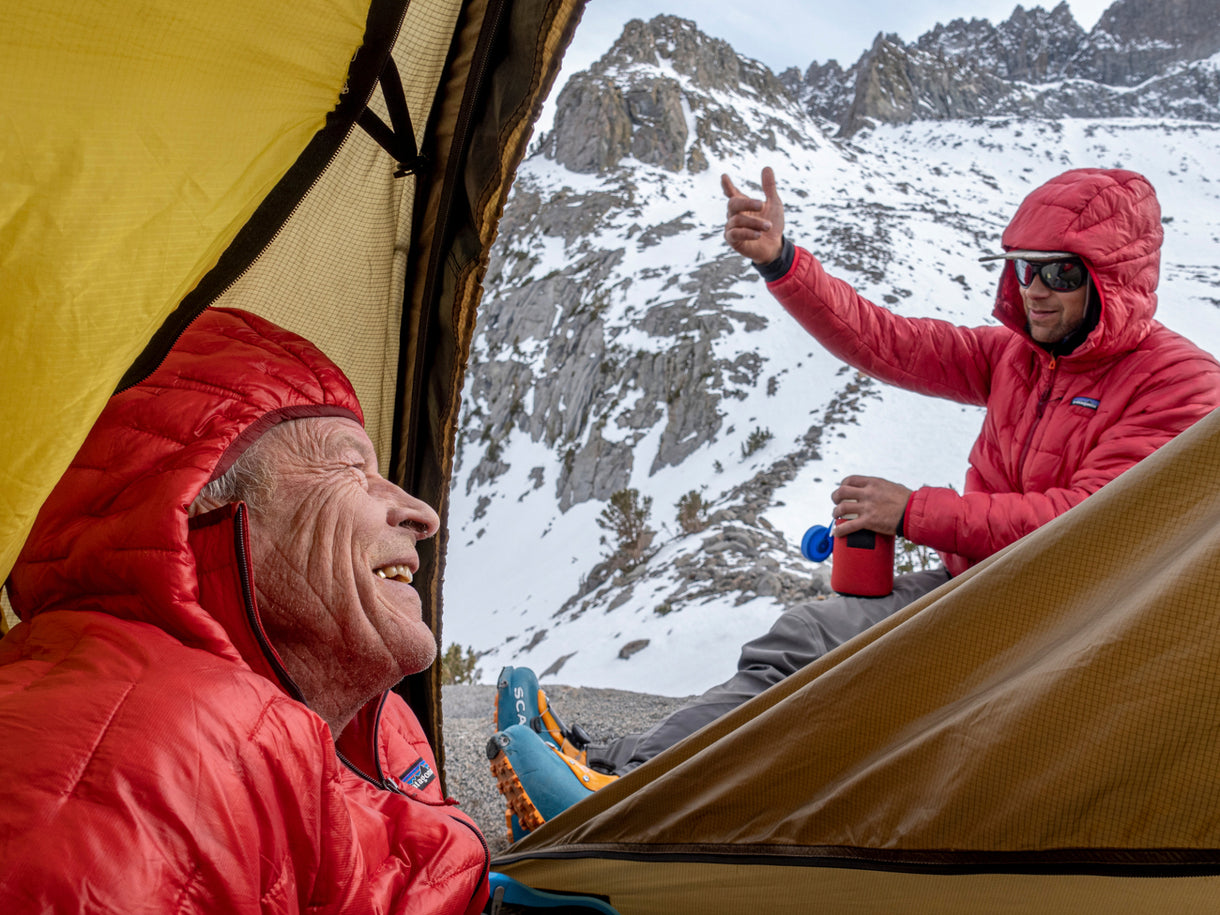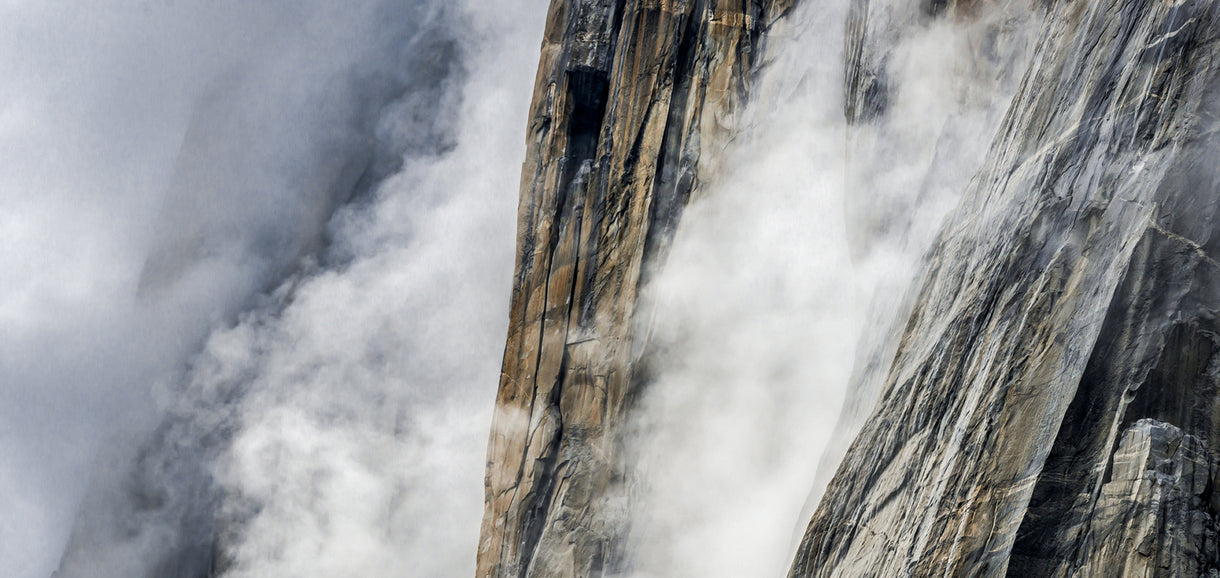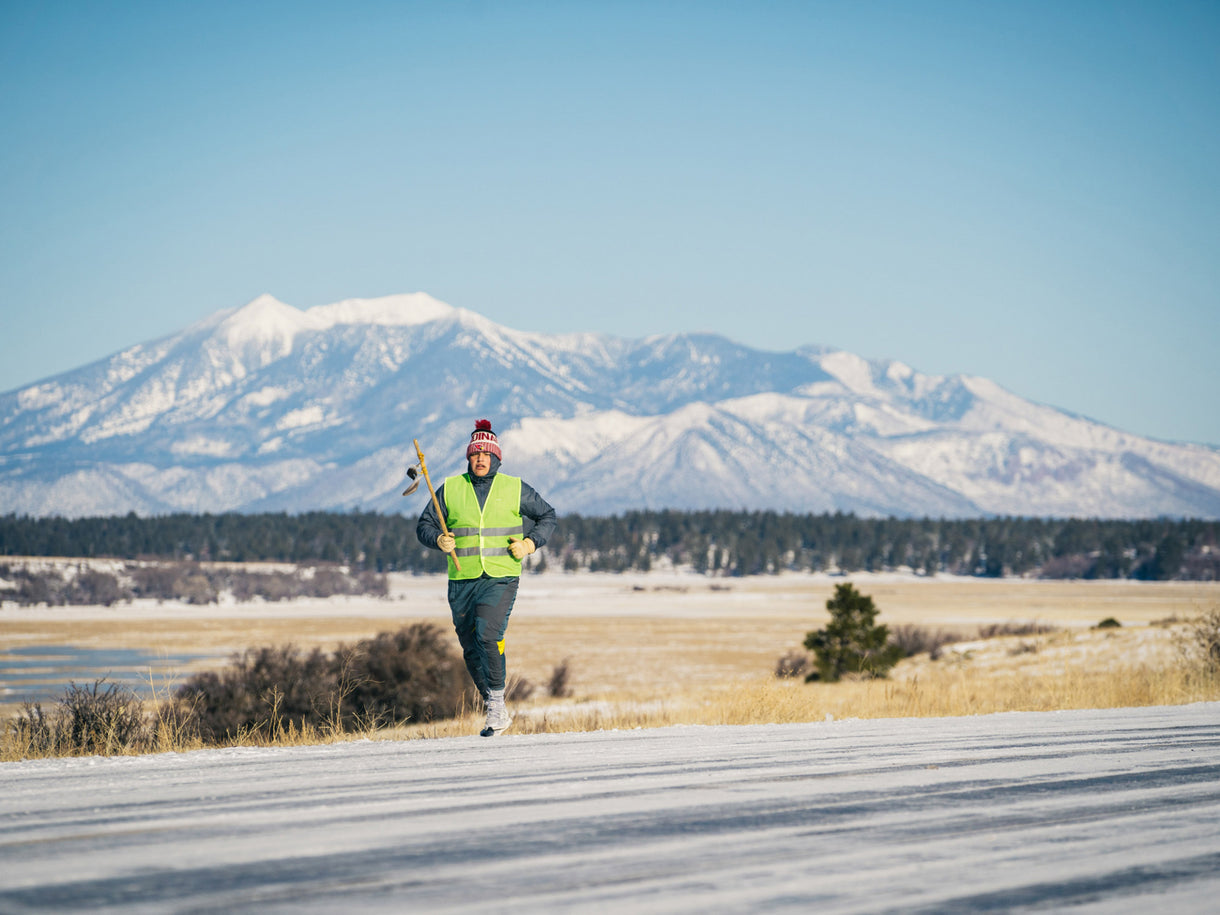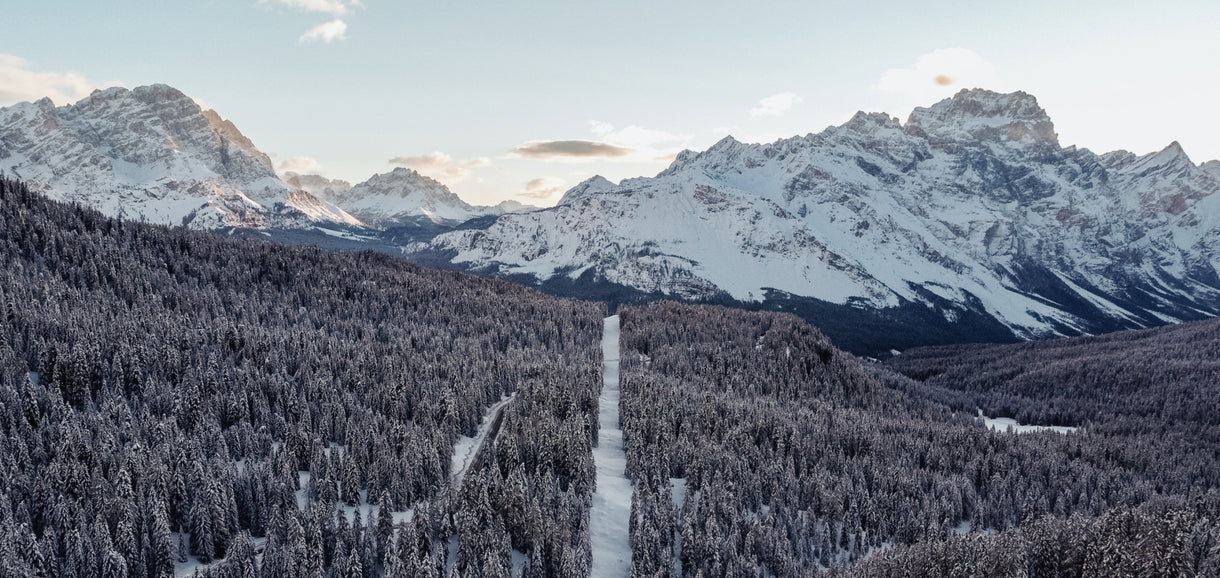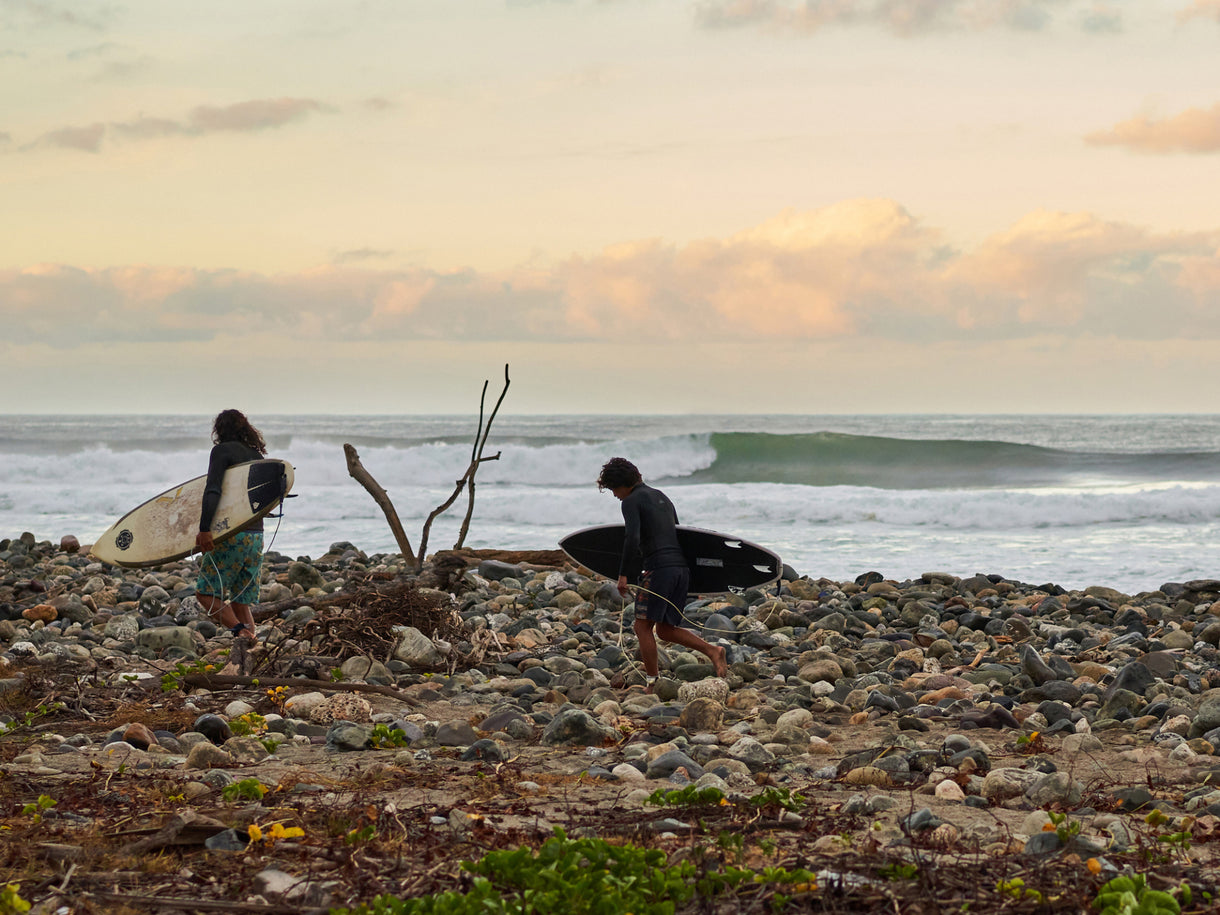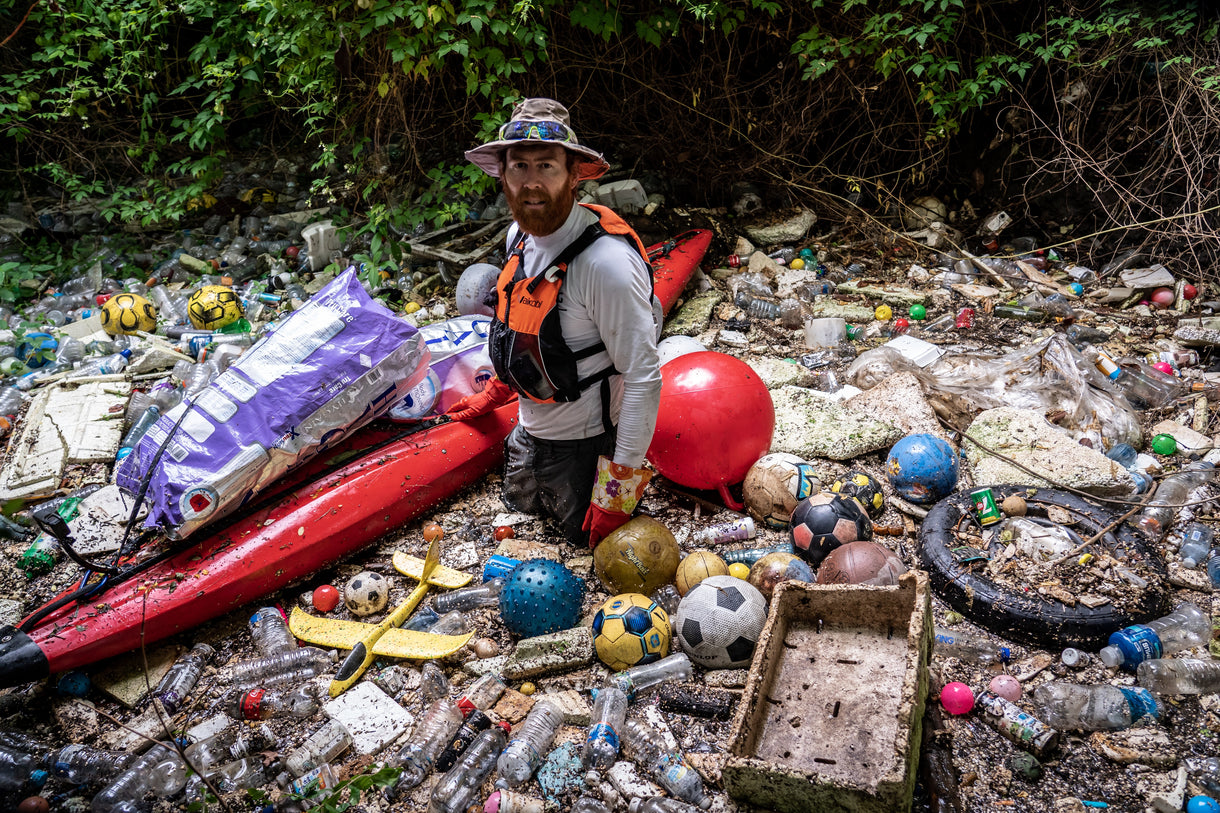A PRIMER FOR THE UNINITIATED
The Fight for the Bight was a grassroots campaign against the plans of multiple proponents to drill for oil in the Great Australian Bight. In the end, it came down to an arm-wrestle with one company, Norway’s government-backed giant Equinor. At stake was the opening of a new industrial precinct in the Australian wilderness, significant further emissions, and the risk of a catastrophic failure of the well.
The Great Australian Bight Alliance drew together an extraordinarily diverse collection of people and groups; everyone from Sea Shepherd to the Surfrider Foundation, the Wilderness Society, Bob Brown Foundation, Patagonia, fishermen, politicians and celebrities. And then came an armada of local groups from places in direct danger like Elliston, Goolwa, Port Fairy and Torquay, as well as supporters much further afield.
 At the Torquay paddle-out in November 2019. Photo: Jarrah Lynch.
At the Torquay paddle-out in November 2019. Photo: Jarrah Lynch.
And it worked. In February this year, Equinor pulled out of the project. It was hailed as a major victory for environmentalists and it undoubtedly was, but what can be extracted from the success of the campaign? What can be taken into the future as a toolkit for the battles that inevitably lie ahead?
ASKING FOR – AND VALUING – INDIGENOUS PERSPECTIVES
There are plenty of striking aspects about Sea Shepherd’s 2018 documentary Operation Jeedara. It’s a fine piece of filmmaking. The footage of the Bight is awe-inspiring, but what really hits home is the film’s deliberate decision to foreground an Indigenous voice.
Amidst the science and the grim numbers, all the emotion and argument, the viewer is confronted with the sight of Uncle Bunna Lawrie, perched high above the bow of the Steve Irwin – the vessel estimated to have saved around 6,000 whales from harpoons in the Antarctic. Bunna has the face of a man who’s lived many lives, among them as frontman of the legendary band Coloured Stone. He’s a Mirning elder and whale song-man, and in the doco he explains the ancient dreamings that incorporate the humpback whales of the Bight. His presence is compelling.
“Deep knowledge of the world’s oldest living culture, set alongside credible science, is a difficult thing to challenge.”
Despite their obvious relevance, Indigenous voices have not always been heard in Australian conservation movements. While they were at odds with activists in the Franklin Dam protests of the early ’80s, more recently they were prominent at Charles Price Point in the Kimberley. Here, the Indigenous side of the argument was front-and-centre, and delivered in the absolute expectation that it should stand alongside science as an irrefutable reason to not risk everything.
 Patagonia Surf Ambassador Heath Joske with Anangu Elder Mima Smart at The Head of the Bight. Photo: SA Rips.
Patagonia Surf Ambassador Heath Joske with Anangu Elder Mima Smart at The Head of the Bight. Photo: SA Rips.
We live in an age where some media outlets aid and abet the bad guys in hand-picking their own version of science. Look at the competing experts brawling over the fate of the Great Barrier Reef, or over climate change more widely. But the deep knowledge of the world’s oldest living culture, set alongside credible science, is a difficult thing to challenge.
FOCUSING ON LOCAL GOVERNMENT
The Fight for the Bight distinctively targeted local governments; first the coastal ones in the direct path of a potential spill, and over time, municipalities further away from the epicentre. The councils were lobbied in writing and addressed in person, and were asked to pass resolutions opposing Equinor’s plans. This, in turn, created local discussion and media coverage. Country people know their local councillors. They stop them in the street.
Targeting local government also capitalised on an important characteristic of the coastal communities: they didn’t want the project. This is a key difference between Fight for the Bight and projects like Adani, where locals may perceive some benefit. “Adani’s a coal project in a coal community,” says Port Fairy’s Ben Druitt. “The locals are receptive to it, whereas, with the Bight, it’s a project that’s slap-bang in the middle of a community that doesn’t support it.”
"Country people know their local councillors. They stop them in the street."
The Wilderness Society’s Peter Owen shares the same dynamic in another light: “State and Federal governments are heavily influenced by the fossil-fuel lobby. But over 20 local governments supported us on this, so they filled the government vacuum. For the Adani communities and their councils, that wasn’t the case.”
LOCAL LEADERSHIP
There are countless examples among the Alliance’s campaigners of local people who sparked spot fires of resistance in their own communities. There was Anna Taylor – surfer, sailor, grower of food and mum of two – who ran a chapter of FFTB in Elliston, SA, population 377. Fearless water photographer Hayden Richards – aka ‘SA Rips’ – used his lens to make the argument from waters where most of us would fear to dip a toe. Streaky Bay surfer, fisherman and Patagonia Ambassador Heath Joske, who took his concerns and his film Nevertown “from Cactus to Denmark, Albany and Esperance, back through Yalata, Streaky, Elliston and Port Lincoln and onwards to Adelaide, Torquay, Mollymook, Manly, the Central Coast, Coffs Harbour, Yamba, Byron and the Goldy…” His spectacular odyssey went all the way to Norway.
 A community screening of 'The Head of The Bight' at the Cactus campgrounds. Photo: SA Rips.
A community screening of 'The Head of The Bight' at the Cactus campgrounds. Photo: SA Rips.
Trina Spitkowsky lives near Penong on SA’s west coast. Both BP and Equinor had planned to base their helicopters there, “in my backyard” as she puts it. She felt compelled to try and stop them. “I decided to represent the marine life and be their voice.” In 2016, Trina began by making a seagull costume and hanging signs on the Eyre highway. Then, with friends, she formed SADSOB – Stop All Drilling Save Our Bight. They organised parades, penned a letter to the Queen and countless more to newspapers and politicians, wrote a song, made videos and did media interviews and paddle-outs. They engaged directly with the Norwegian media and even had encounters with Equinor executives, at one stage singing them off at Ceduna Airport. Their crowning achievement, over ten days in April 2018, was a 222-kilometre walk to the Head of Bight. True to form, Trina was dressed as a seagull. “It was an education and awareness campaign,” she says. “As we walked, more people joined, and on the last day we had at least fifty more.”
"Their remoteness caused a kind of ambush effect, a roar that the proponent never saw coming."
Peta Page, a Wilderness Society SA organiser, thinks the local leadership gave the campaign authenticity, and also that their remoteness caused a kind of ambush effect, a roar that the proponent never saw coming. “Look at a map – this was the middle of nowhere! But we’re the wrong community for that attitude. We’re sick of being treated like we’re the end of the Earth, like no-one cares. I don’t think they realised just how much these people would invest in fighting them.”
FINDING COMMON VALUES
The key to uniting disparate groups of opponents was to zero in on the things that united them. The idea that a spill could end up impacting a large part of the Australian coastline meant that it wasn’t about saving a town, or a region, but saving a way of life. That notion crosses all sorts of social boundaries. “If (a spill) happened,” Ben Druitt theorises, “there was a chance it would not be contained and could not be cleaned up. That idea certainly activated the broader population.”
Commercial fishermen and bird-watchers might not be united on many things, but as Trina Spitkowsky says, “we all shared the passion and the love of the ocean. Everyone seemed on the same page, although we were from a huge cross-section of communities.”
GOING BEYOND GREEN
Let’s take the same idea a little further. A proponent can be wrong-footed – and extensive support recruited – when the campaign is seen to transcend green politics. When it convinces people, in Peter Owen’s words, “to leave the things that they disagreed on at the door – to transcend being a ‘greenie thing’. This united people all along the southern coastlines,” says Peter Owen. “Government and industry like to keep groups isolated and fighting one another: this was a locking of arms. They seriously underestimated the level of community opposition.”
“It wasn’t a protest,” says Damien Cole, who led the national series of protest paddle-outs. “It was a celebration of our love for our coast and us standing up to protect it. They couldn’t tarnish us with the extreme-left thing. We were just… Australia. The resilience built from it being not just one group, not one town. That made us harder to quieten.”
 The National Day of Action at Byron Bay. Photo: Jason Childs.
The National Day of Action at Byron Bay. Photo: Jason Childs.
The commercial fishermen of Lofoten whom Heath Joske met in Norway were opposing similar Equinor projects, but their concern was driven, initially at least, by the damage to catch numbers they believed was resulting from seismic testing. These were men who were unlikely to be swayed by appeals to conservation. Their politics were intensely blue, but not necessarily green. They saw their livelihoods threatened.
SURFERS AND THEIR FAMILIES
There’s an outdated stereotype that surfers cannot be organised for anything beyond a free beer. The Fight for the Bight emphatically trashed this old canard. Surfers were drawn to the cause in massive numbers, as they came to understand that their elected representatives were sitting on their hands. Peter Owen (who doesn’t surf) points out that the Surfrider Foundation was a founding member of the Alliance. “They really mobilised from about 2018 onwards. Surfers are very connected to the health of the marine environment. They’re incredibly aware of the threat this project posed and their numbers in the affected communities are huge.”
 Heath Joske tapping a Bight swell. Photo: SA Rips.
Heath Joske tapping a Bight swell. Photo: SA Rips.
One element of surfers’ involvement was the powerful use of the paddle-out. Thought to have originated over a century ago among the Waikiki Beach Boys, the paddle-out has held sway culturally through the Eddie Aikau commemorations at Waimea each year, and is now deployed for all sorts of occasions and reasons. It carries a kind of secular solemnity and says something about pain and catharsis, making it a striking act of protest. Don’t do this to us. You are hurting us. “It’s a great visual,” says Peter Owen. “Paddle-outs are spiritual as well as telegenic – they’re striking. They’re a totally appropriate gesture in this setting because they carry symbolism: they’re often used to express grief.”
"There’s an outdated stereotype that surfers cannot be organised for anything beyond a free beer."
The striking effectiveness of the surfer contingent in Fight for the Bight perhaps traces back to the idea that surfers are notoriously hard to draw into cynical branding exercises – as surf promoters have repeatedly discovered to their dismay. They hate contests using spiritualism – or worse, tribalism – in inauthentic ways. But if they’re in, they’re in with rabid fervour, and it’s because their cynicism has been parked. And another thing: surfers, like everyone, come from families. Heath Joske could look out into the crowd at his Nevertown movie nights and see a “vast” spread of ages. “Five-year-olds to 80-year-olds and everyone in between.”
THE POWER OF THE IMAGE
The Franklin Dam had Peter Dombrovskis’s photograph ‘Morning Mist, Rock Island Bend’. The fight against racism in footy had the Wayne Ludbey picture of Nicky Winmar pointing to his skin. Such images can move debate in a way that words struggle to do. And the Fight for Bight brought a torrent of them.
In one of the most striking visuals of the campaign, surfer Ben Druitt held up a sign saying #FightfortheBight, inside a cavernous south coast barrel. “The idea was to show the power of the coastline here, and the energy of the water, while simultaneously broadcasting the message.” The oil-blob graphic was another. An illustration from the modelling of the potential spread from a spill, it found its way onto Patagonia’s ‘Big Oil Don’t Surf’ T-shirts, and was endlessly repeated in the media. In a simple, direct way it came to symbolise the scale of the disaster that awaited if the project went ahead, and if it went wrong.
Then there was the mock oil rig that bobbed precariously among hundreds of heads and boards in the paddle outs. It became an icon in its own right, a symbol of improvised humour and a strange analogy for a full-scale rig enduring the battering of the Southern Ocean. According to Damien Cole, “the rig was a last-minute thing, on the Friday night before the Torquay paddle-out. The idea came from Darren Noyes-Brown from Surfrider: he sent out a message that said, ‘My house, now. Bring drills.’” Between March 3 and May 5, there were nine paddle-outs around Australia and the rig featured in all of them. “I lugged that fucking thing all around the country,” Damien laughs. “I’ve still got it in the garage. It weighed 28 kilos and it travelled in a board bag. There were arguments over excess baggage – I was in tears at one stage, begging.”
 The Bight's Bunda cliffs. Photo: SA Rips.
The Bight's Bunda cliffs. Photo: SA Rips.
Goolwa-based volunteer Freya Davies talks about the beauty of the coastline along the Bight, as though it’s not a matter of specific imagery but a mental picture we all carry inside us. “The Bight is such a beautiful and iconic place, so the fight to protect it was really accessible to the public in this way.” And that might be it: in the end, the wild beauty of the Bight’s Bunda cliffs was the most timeless reminder of what was at stake.
NULLIFY THE SOCIAL LICENCE
Equinor, in the early stages of their proposal, were honest (or arrogant) enough to say that if they met with concerted community opposition, they would pull out of the Bight. That is, they would not operate in the absence of a social licence to do so. Which sounds great, but in an age of concentrated media ownership, we cannot underestimate the power of fossil fuel proponents to fabricate the existence of just such a licence. What’s more, community apathy can be spun as consent.
"Government and industry like to keep groups isolated and fighting one another: this was a locking of arms."
From its inception, the aim of the Alliance was to nullify the social licence that the oil and gas companies felt they had to operate in the Bight. “This united people all along the southern coastlines,” says Peter Owen. “Government and industry like to keep groups isolated and fighting one another: this was a locking of arms. They seriously underestimated the level of community opposition and we got in early. Unlike the Adani campaign, no-one ever had the chance to get their approvals in place. So we were able to be proactive, not reactive. It’s incredibly hard to unpick, once the approvals start happening.”
MOMENTUM AND OPTIMISM
Several of the above factors coalesce into one significant force: momentum. There’s a big difference between community campaigns which seem insurmountable from the outset and those that present an air of possibility. Trina Spitkowsky saw this as vital. “I believe FFTB was so successful because it had the momentum to become a global issue. Everyone united, nobody backed down.”
Events keep people upbeat. “The feeling after movie nights, or the Oslo paddle out, is one of great satisfaction,” says Heath Joske. It’s possible also that momentum is attained by presenting the issue as a series of manageable tasks, rather than an epic battle against a massively-resourced foe. Get the issue over the state border and into Victoria. Get those council resolutions. Get the opposition to adopt a position in the Federal election. Fight the NOPSEMA approval.
 Taking the protest to Equinor's doorstep: Oslo, Norway. Photo: Hallvard Kolltveit.
Taking the protest to Equinor's doorstep: Oslo, Norway. Photo: Hallvard Kolltveit.
There’s an interesting relationship to be studied here between momentum and respect. The tone of the advocacy in the Fight for the Bight was strident and loud but never abusive. Somehow, that kept the door open for dialogue, and dialogue preserved the prospect of Equinor backing down. Heath Joske was given a podium to speak to Equinor’s AGM in Oslo. I was able to obtain written answers from Equinor’s Australian spokesperson to a list of questions: fluffy and corporate, yes, but not the sullen “no comment” that tends to characterise such exchanges.
"The tone of the advocacy in the Fight for the Bight was strident and loud but never abusive."
But back to optimism and the thoughts of Freya Davies. “So many of us were motivated by the dedicated leadership from the Great Australian Bight Alliance and the amazing community spirit behind the campaign. It was clear in its messaging and goals, took leadership from Indigenous people and engaged an incredibly broad sector of the community – including surfers, tourism operators and local government.” Seen as an overall picture in that way, there’s just no room for despondency to creep in.
WHACK-A-MOLE
There’s a notion in criminal law that a circumstantial case – one composed of an array of separate elements that combine to infer guilt – gains its strength from diversity. Like strands in a rope, if one avenue of logic is severed, the others will sustain the load. In the Fight for the Bight, the strands were so many and so various that even a state-backed energy entity was unable to keep up. As Trina Spitkowsky puts it, “We attacked from all angles.”
Equinor did its work in the ways it was accustomed to. It lobbied the Federal government. So the protest went to local government. It made glossy brochures: so the protest made documentaries. It imagined itself safe back home in Oslo, and the protest turned up there. The protest did paddle-outs and there was no counter-move in the fossil fuel playbook.
 The scene at the very first Bight paddle out in Torquay, March 2019. Photo: Ed Sloan.
The scene at the very first Bight paddle out in Torquay, March 2019. Photo: Ed Sloan.
Then there were the Hydra’s limbs of the argument. It wasn’t just the spill: it was emissions, it was biodiversity, seismic testing, tourism, stranded assets. It was an Indigenous argument, a small-communities argument, a sovereign risk argument. It looked like hippies, and it wasn’t. It looked like surfers, and that was only part of it. It looked local, but then it was national.
The combined overall effect was devastating to the proponent. They cited “commercial reasons” for leaving. That’s a euphemism: they were exhausted.
Banner image: Leading the Ceduna Fight for the Bight protest are Anna Taylor (Seagull 1), Heath Joske (Pelican) and Tim Jones (Seagull 2). Photo: SA Rips.
